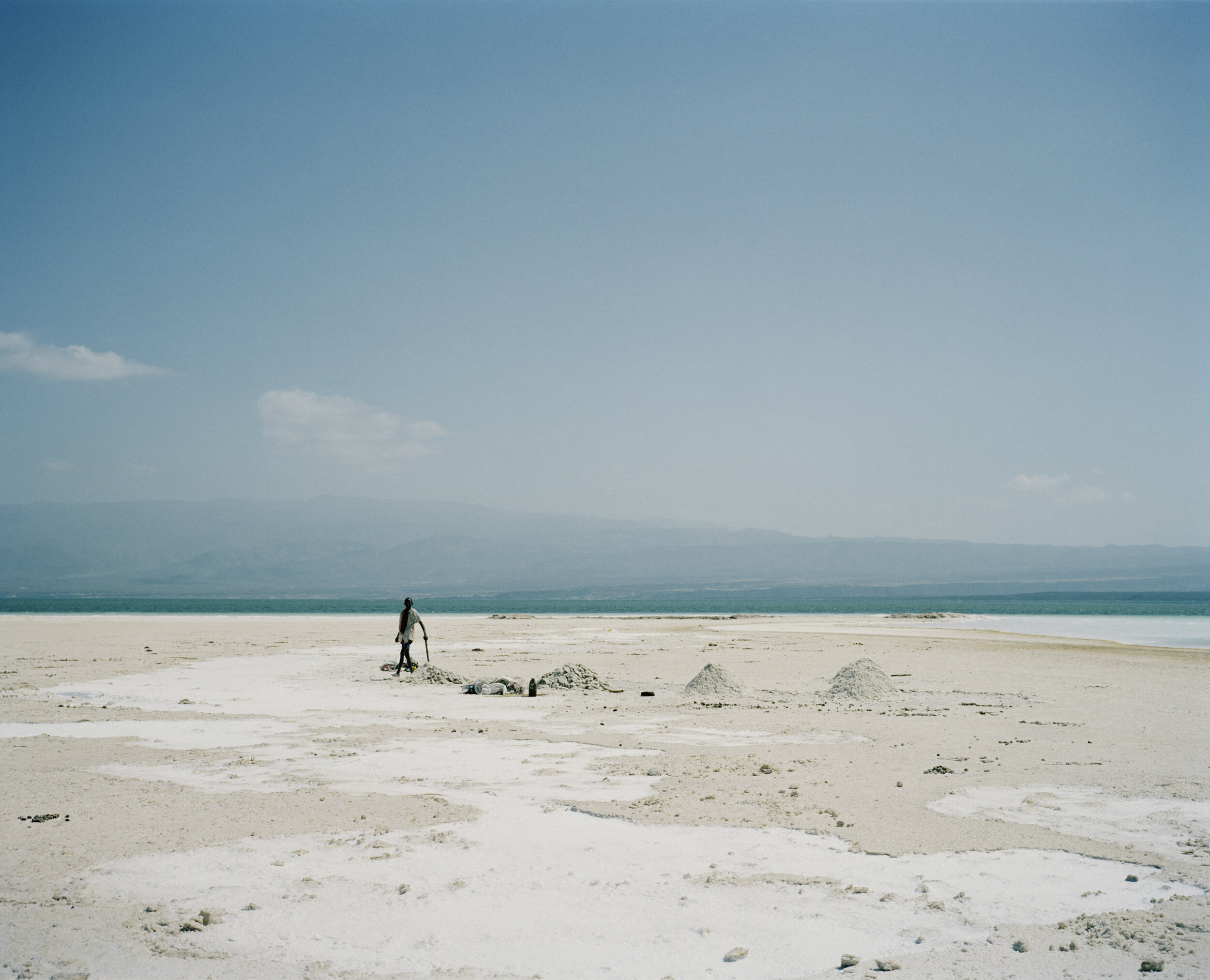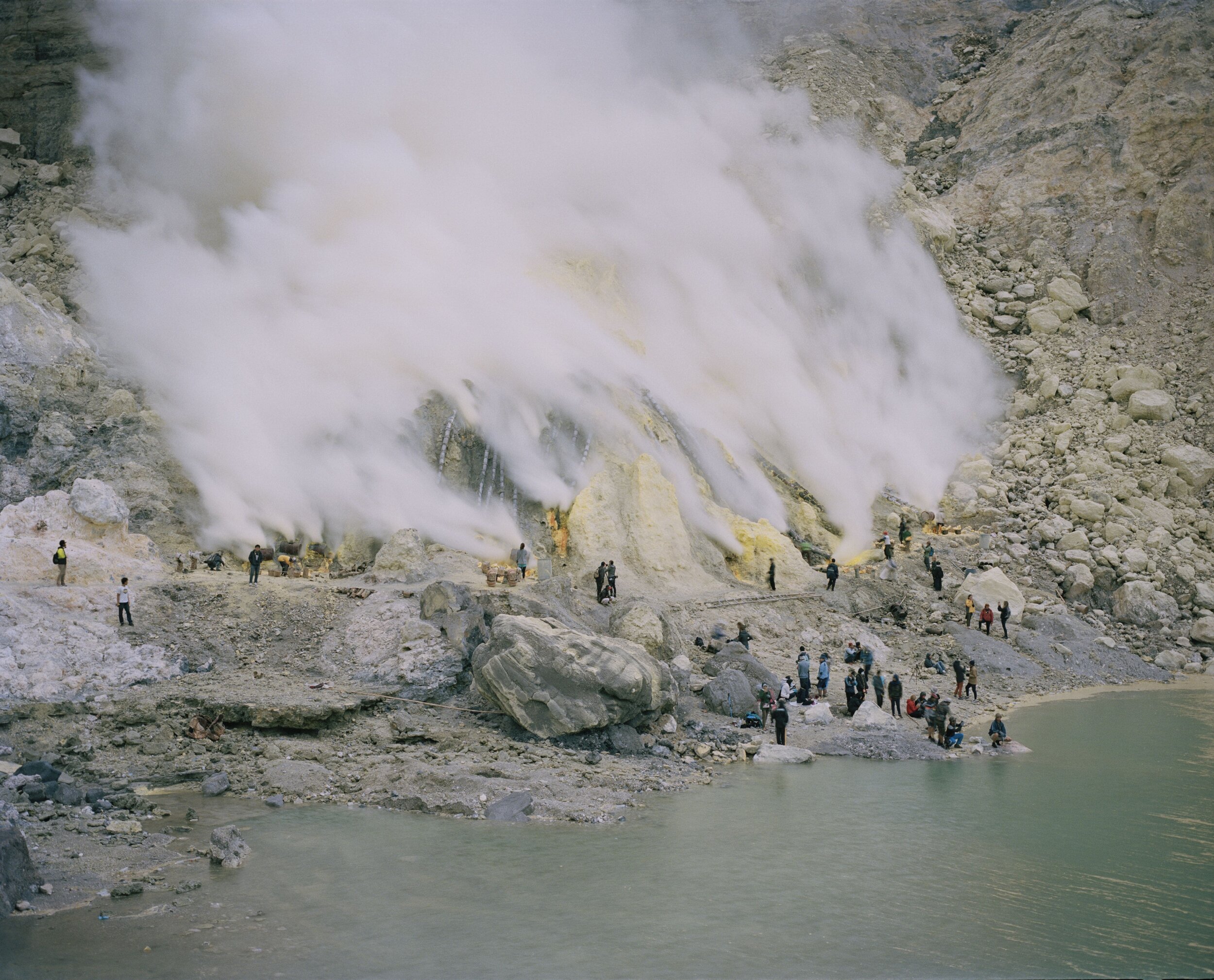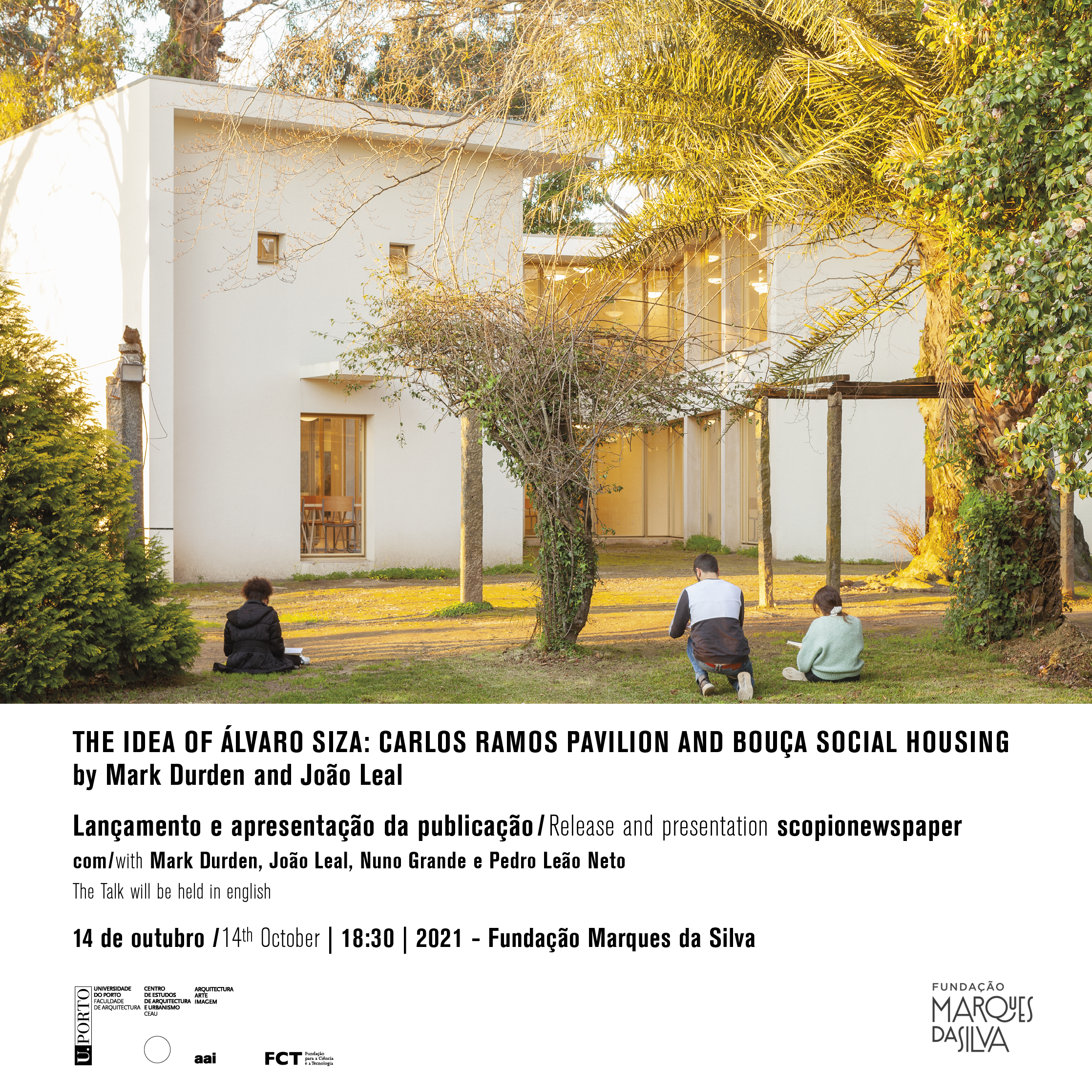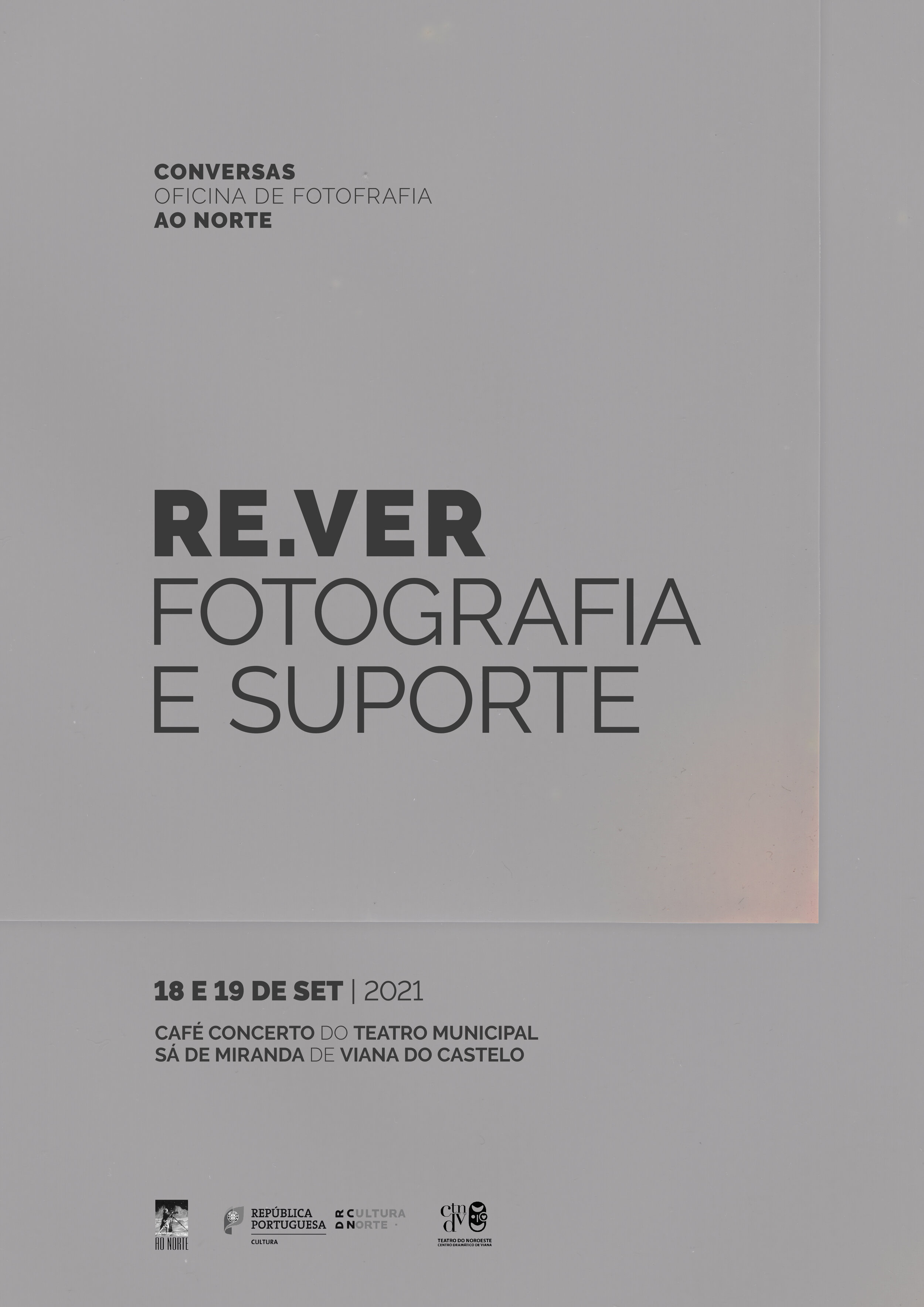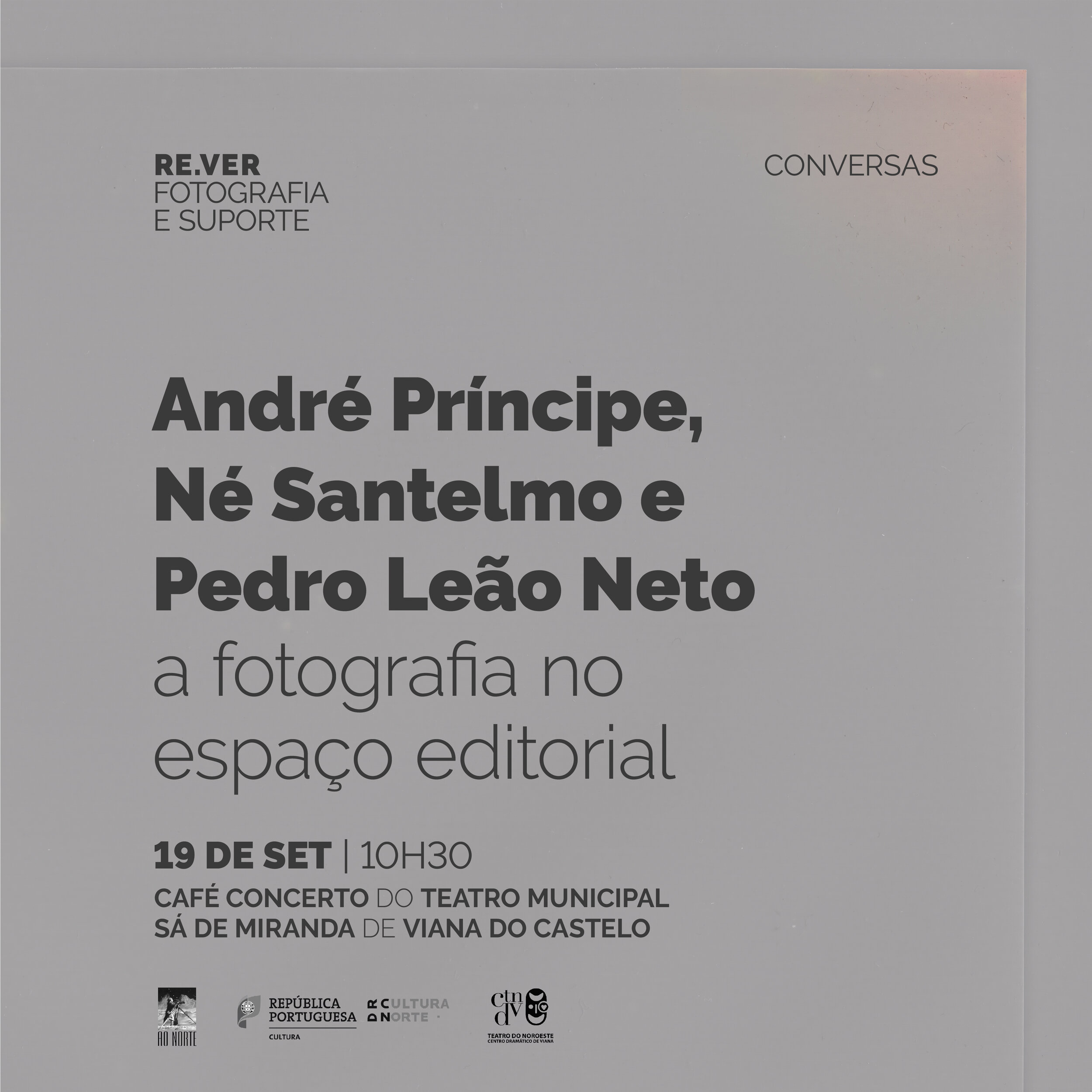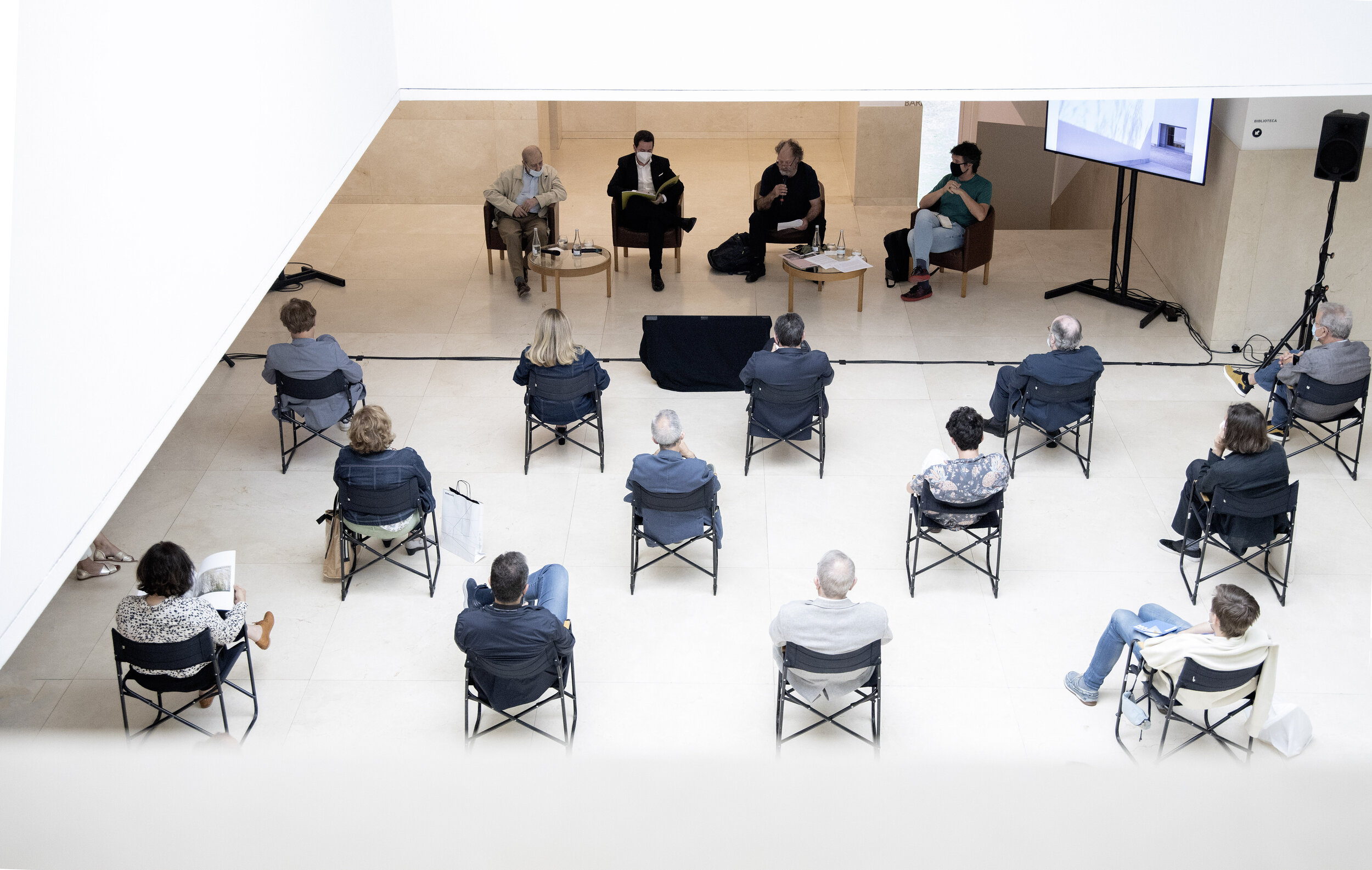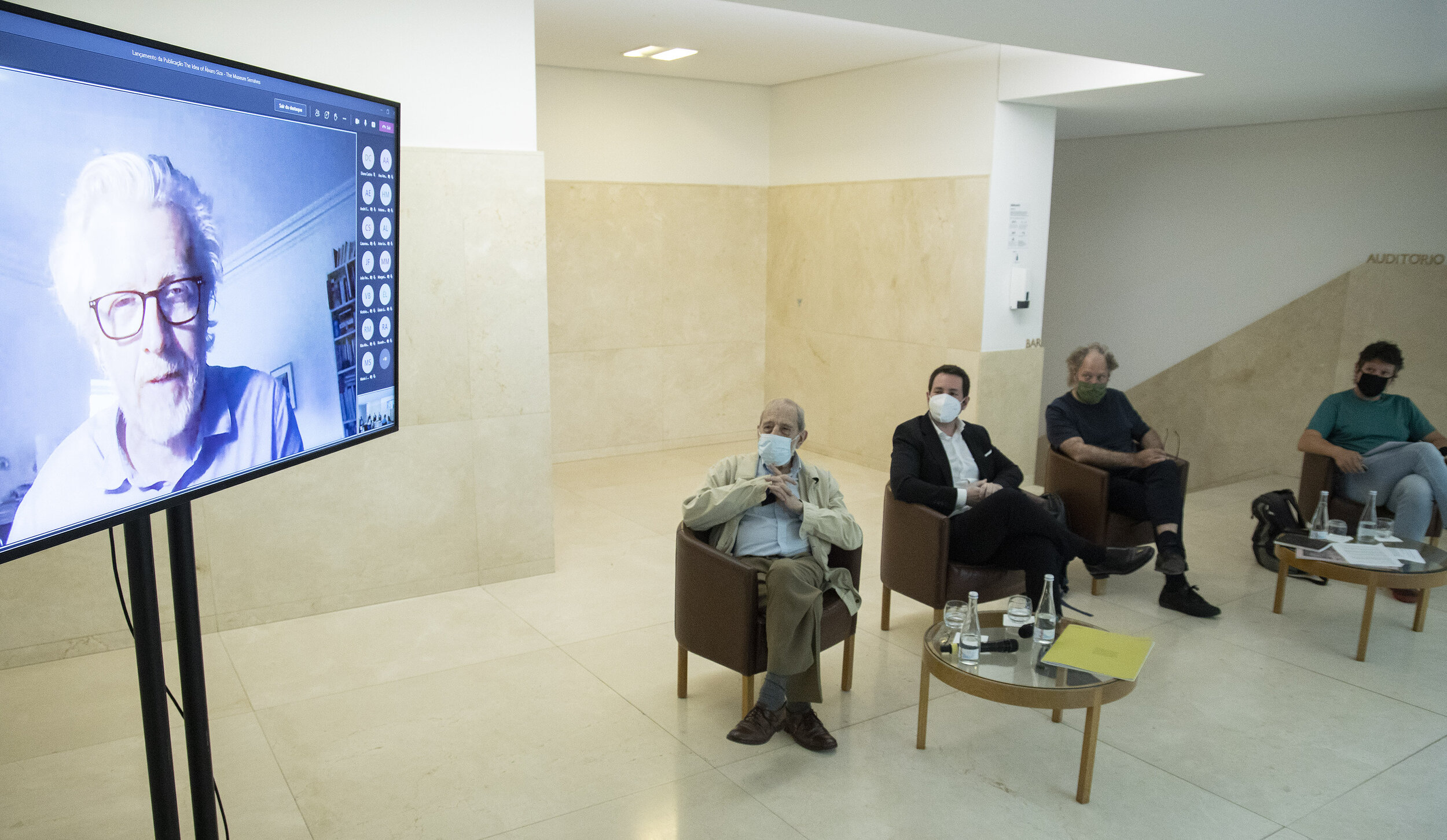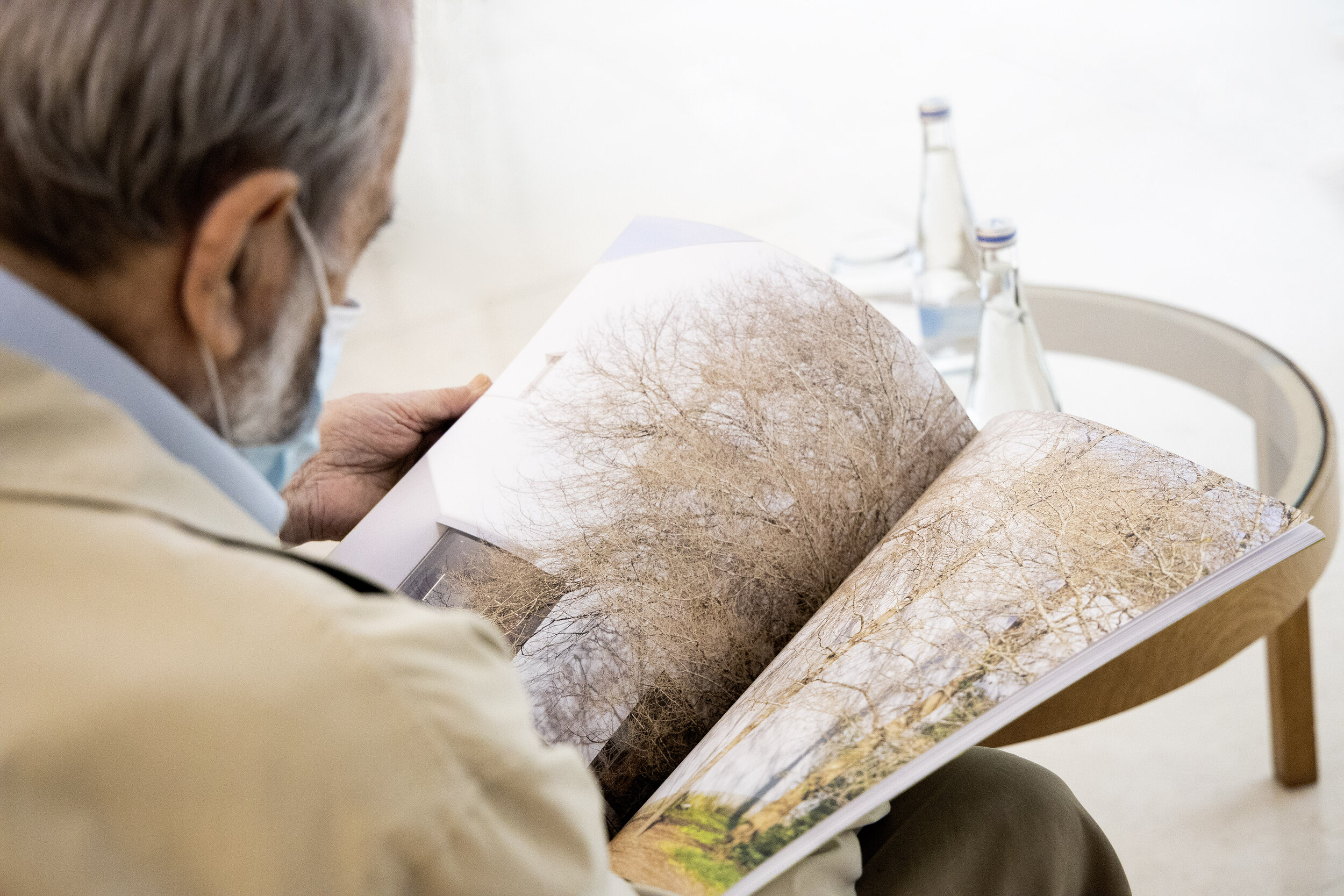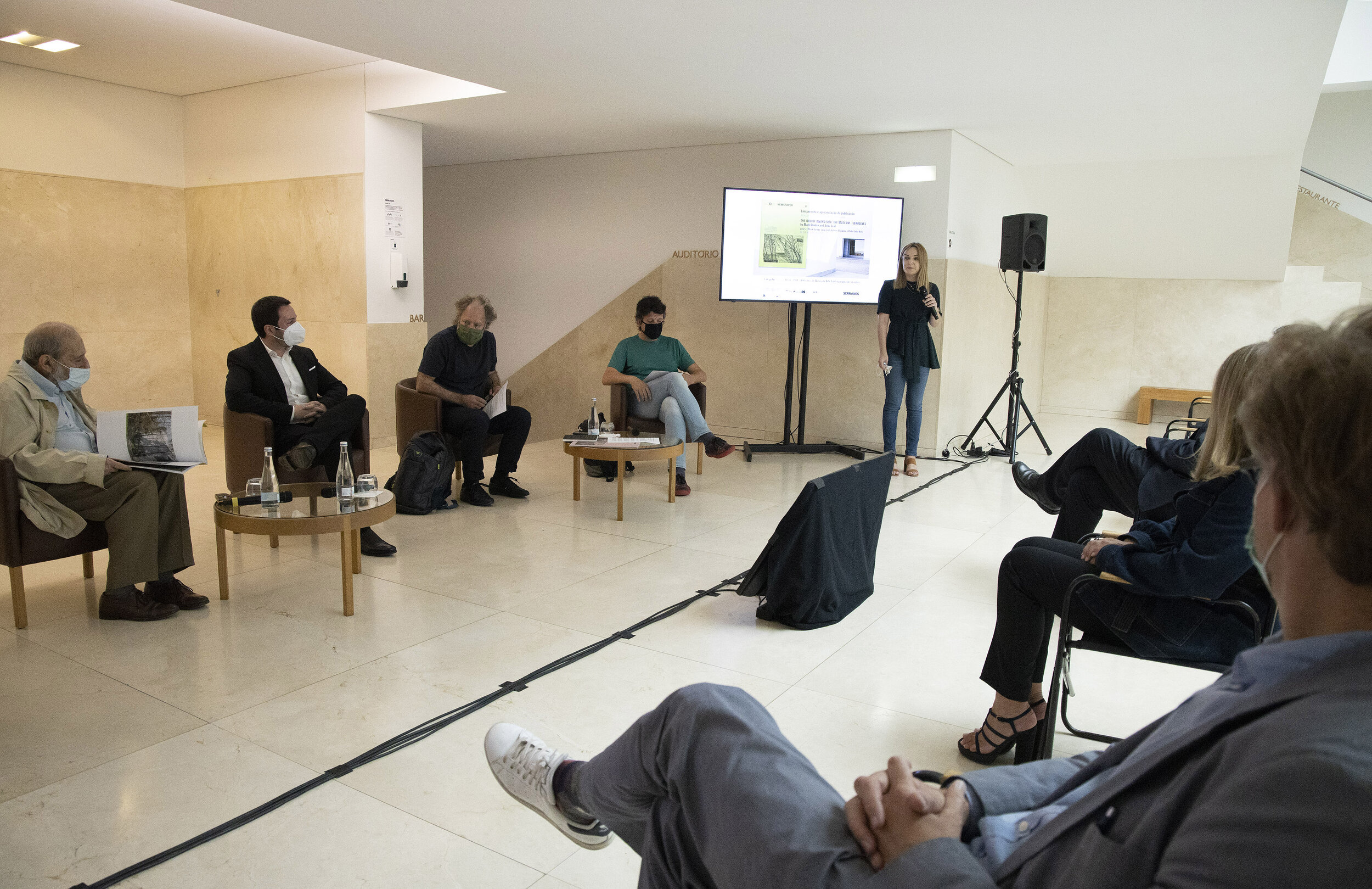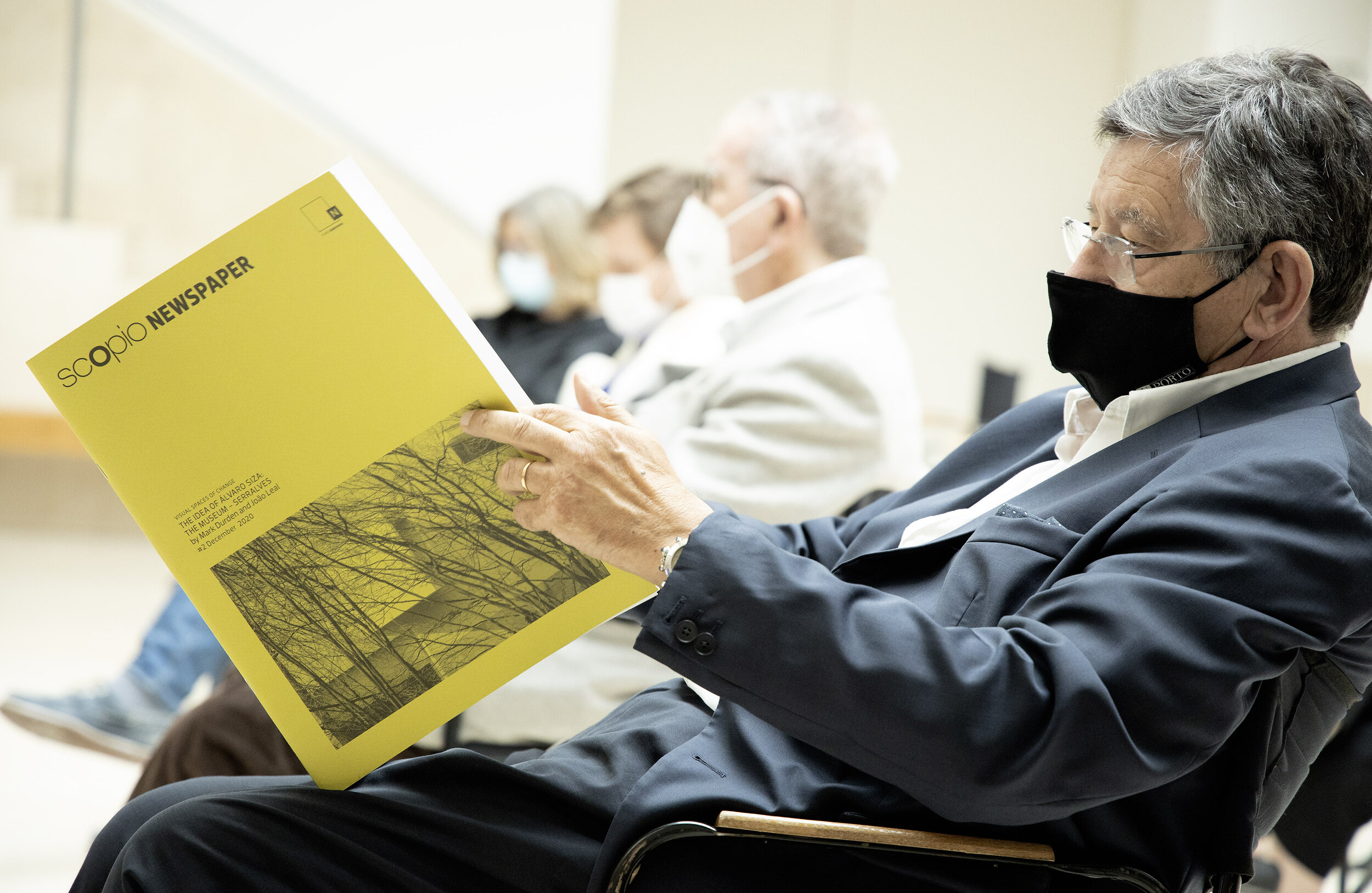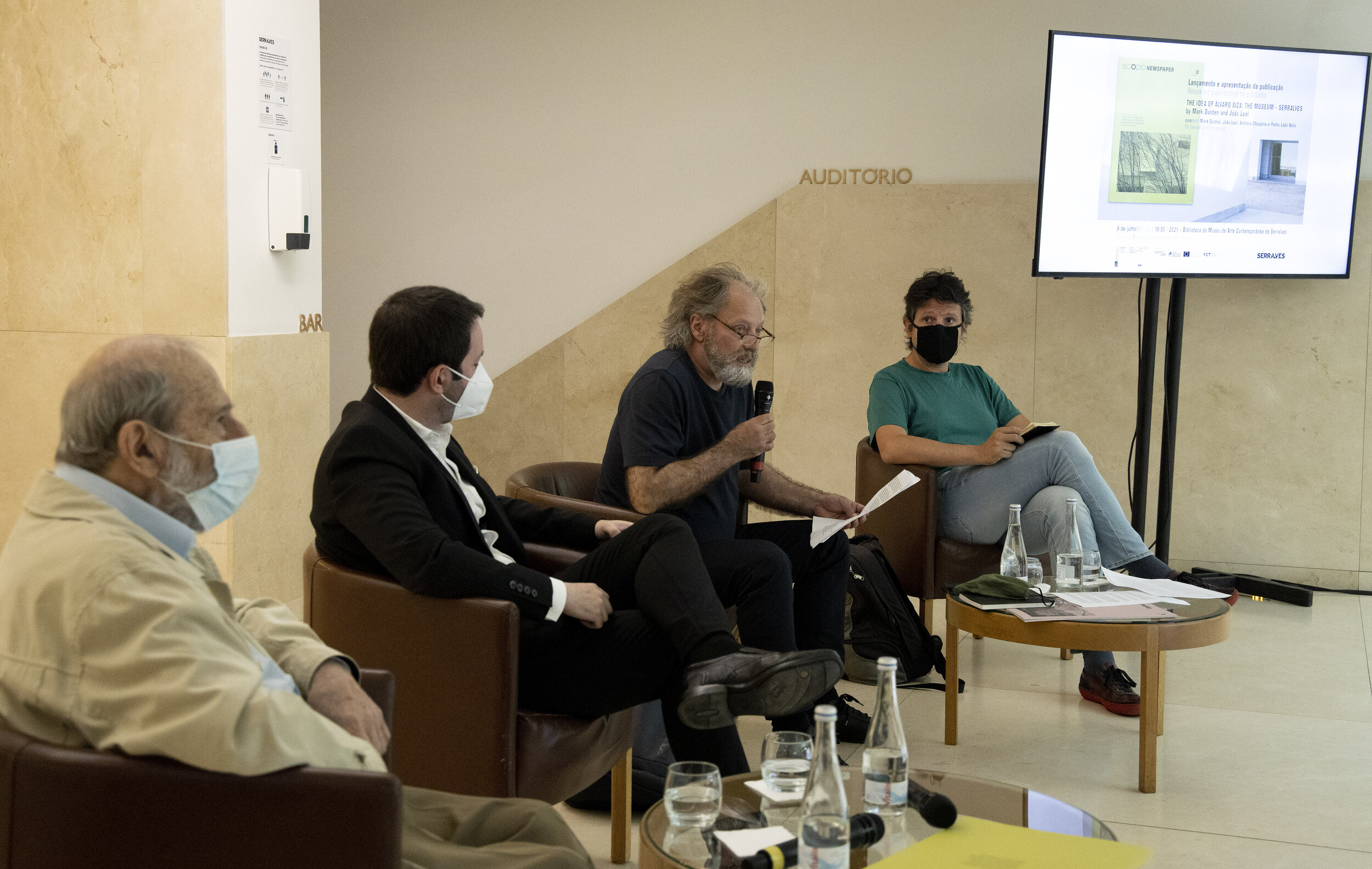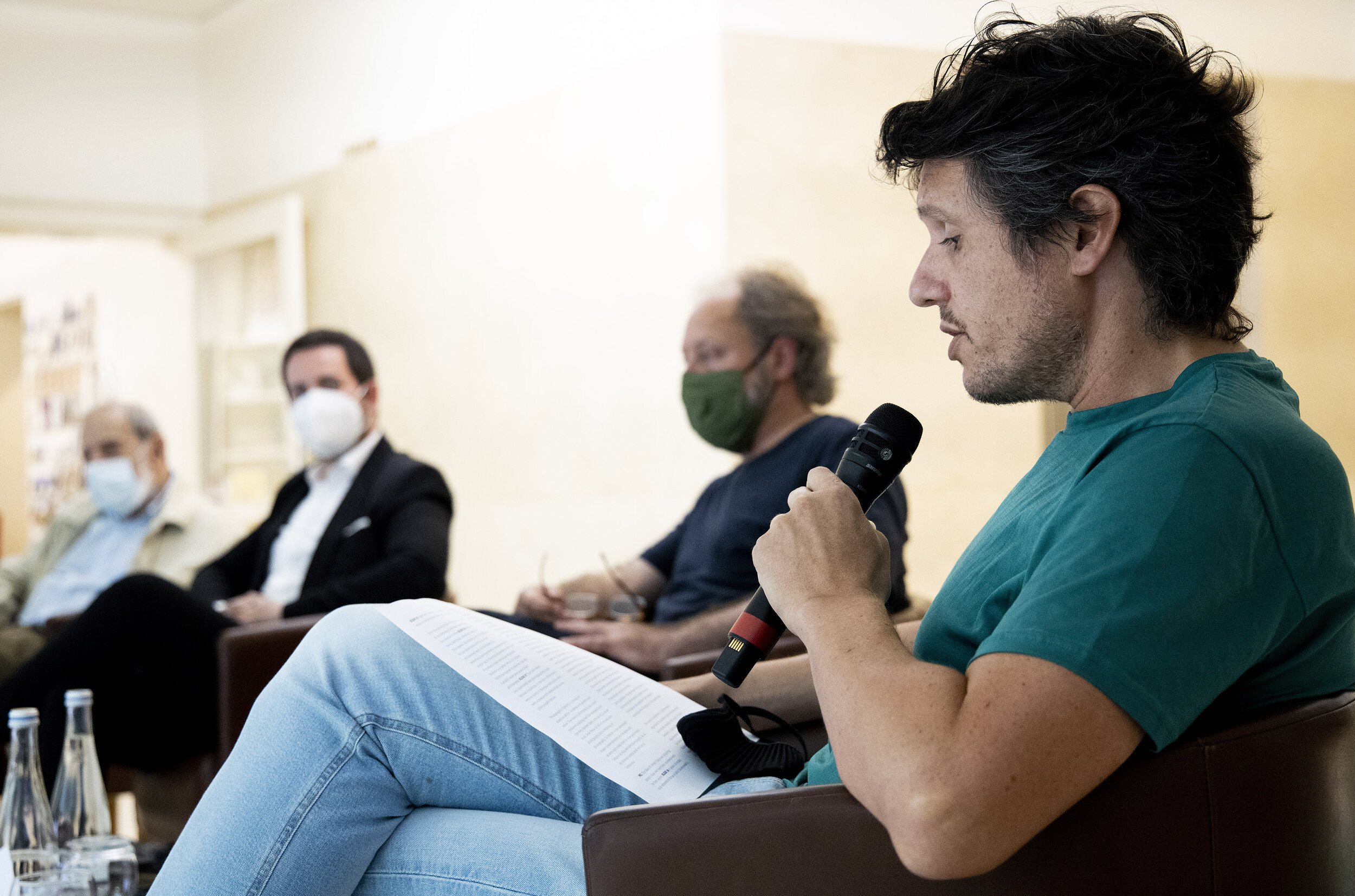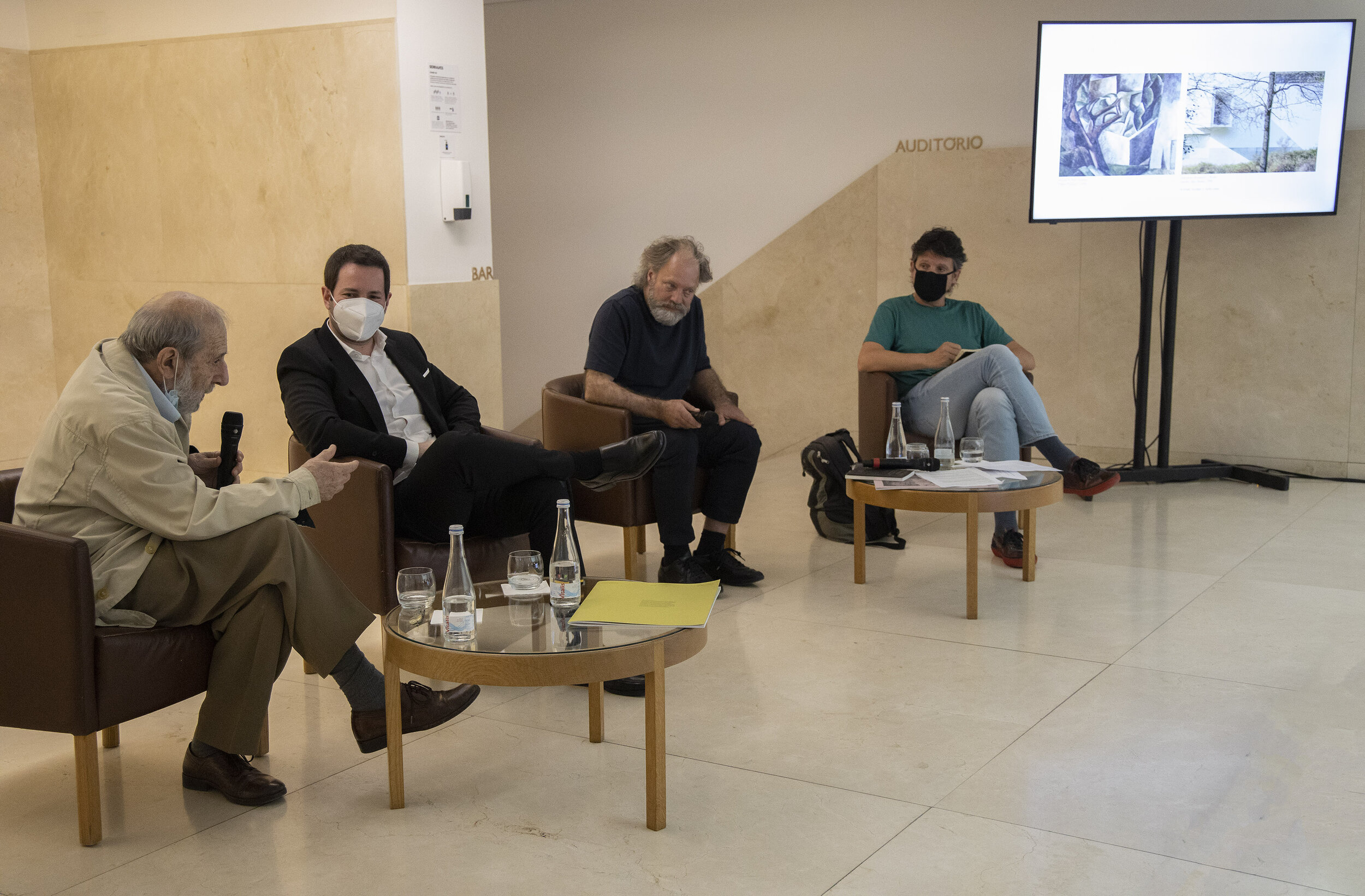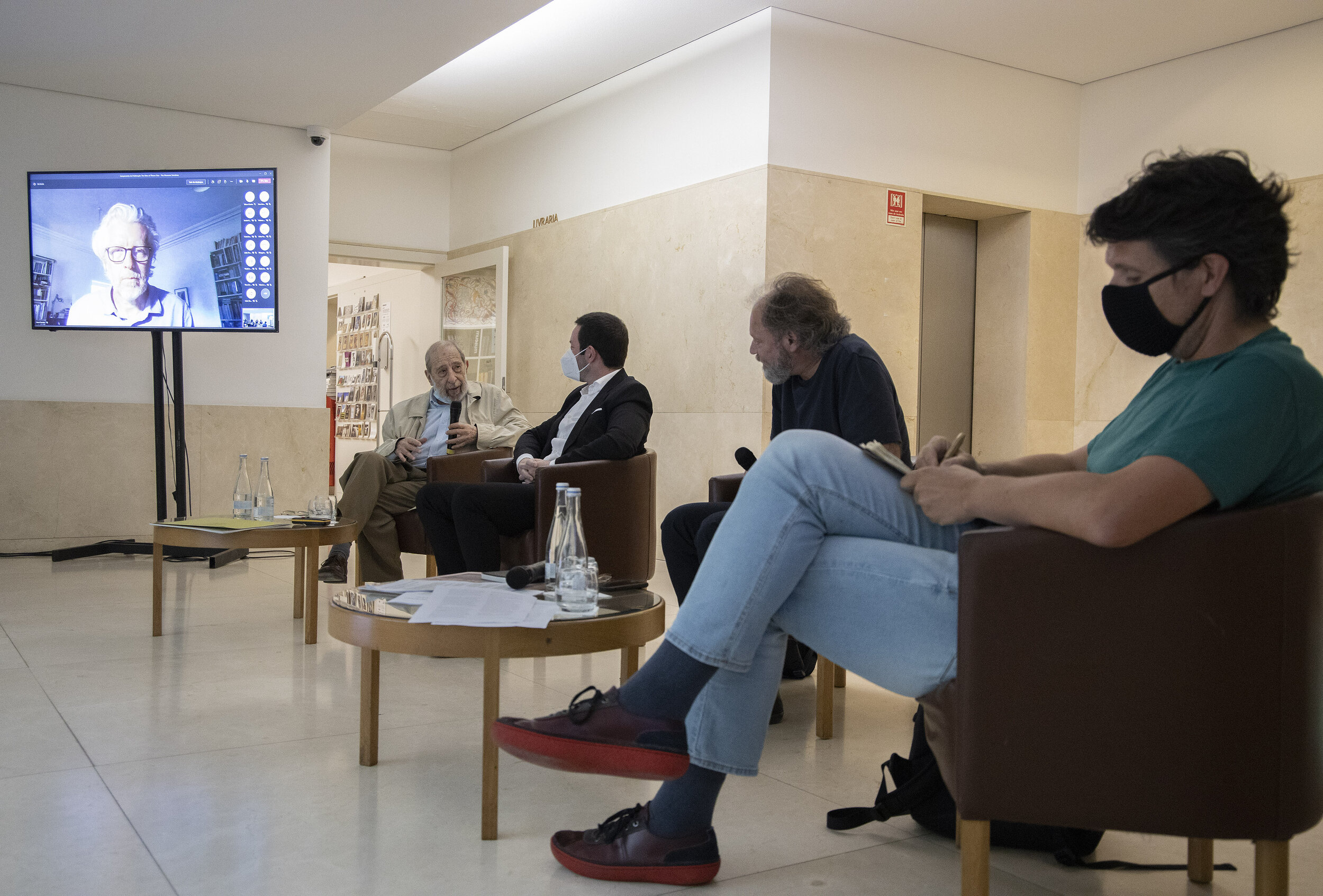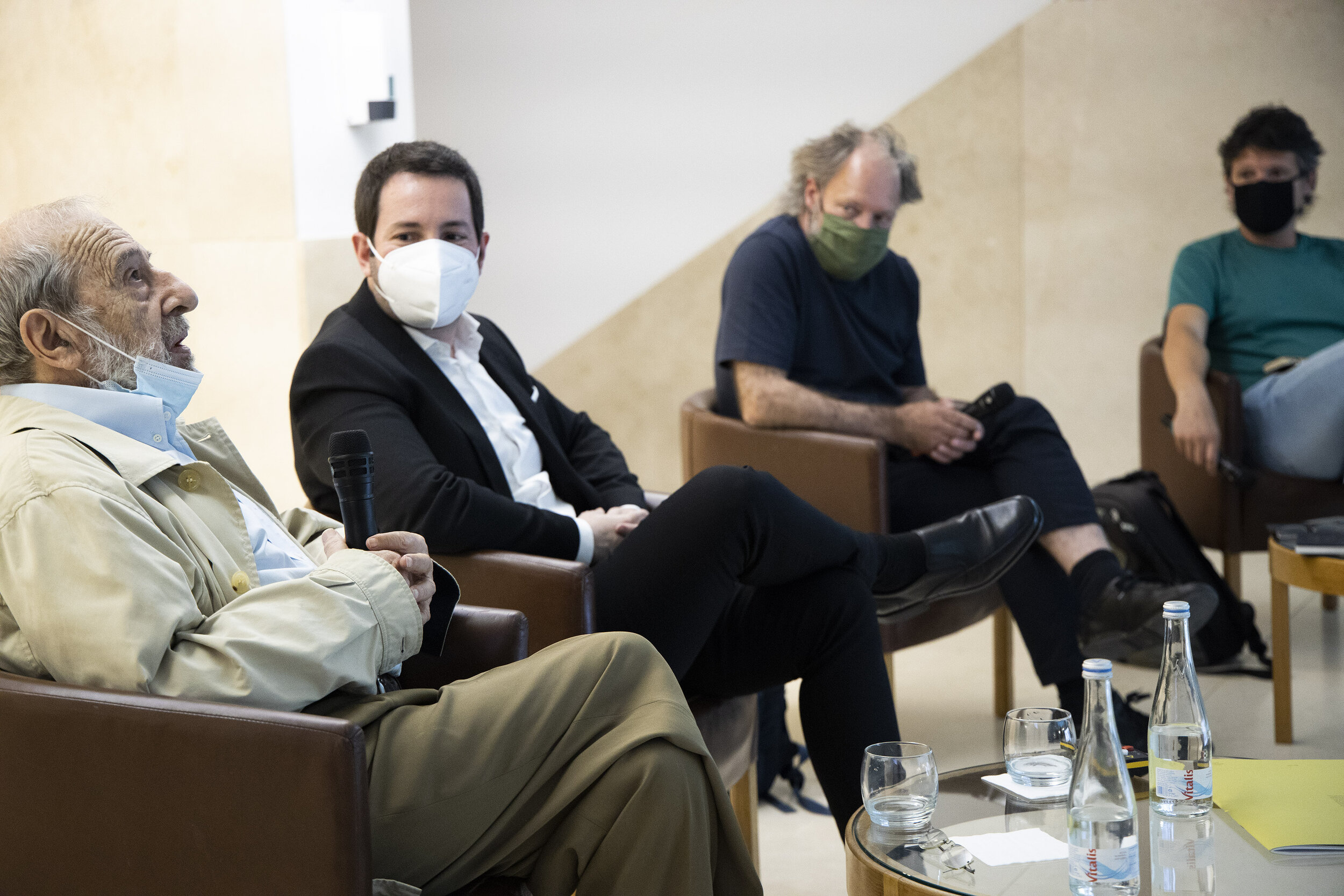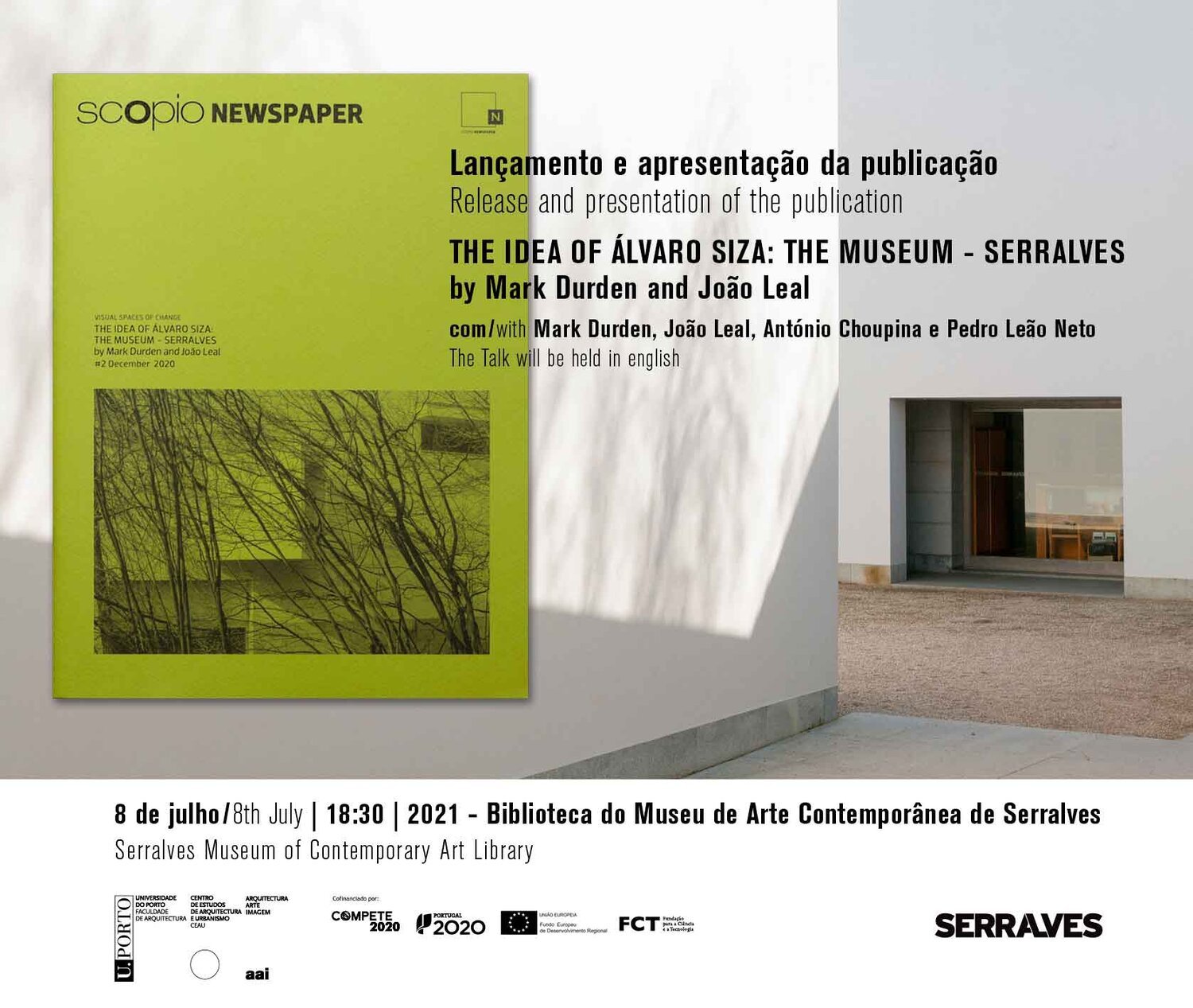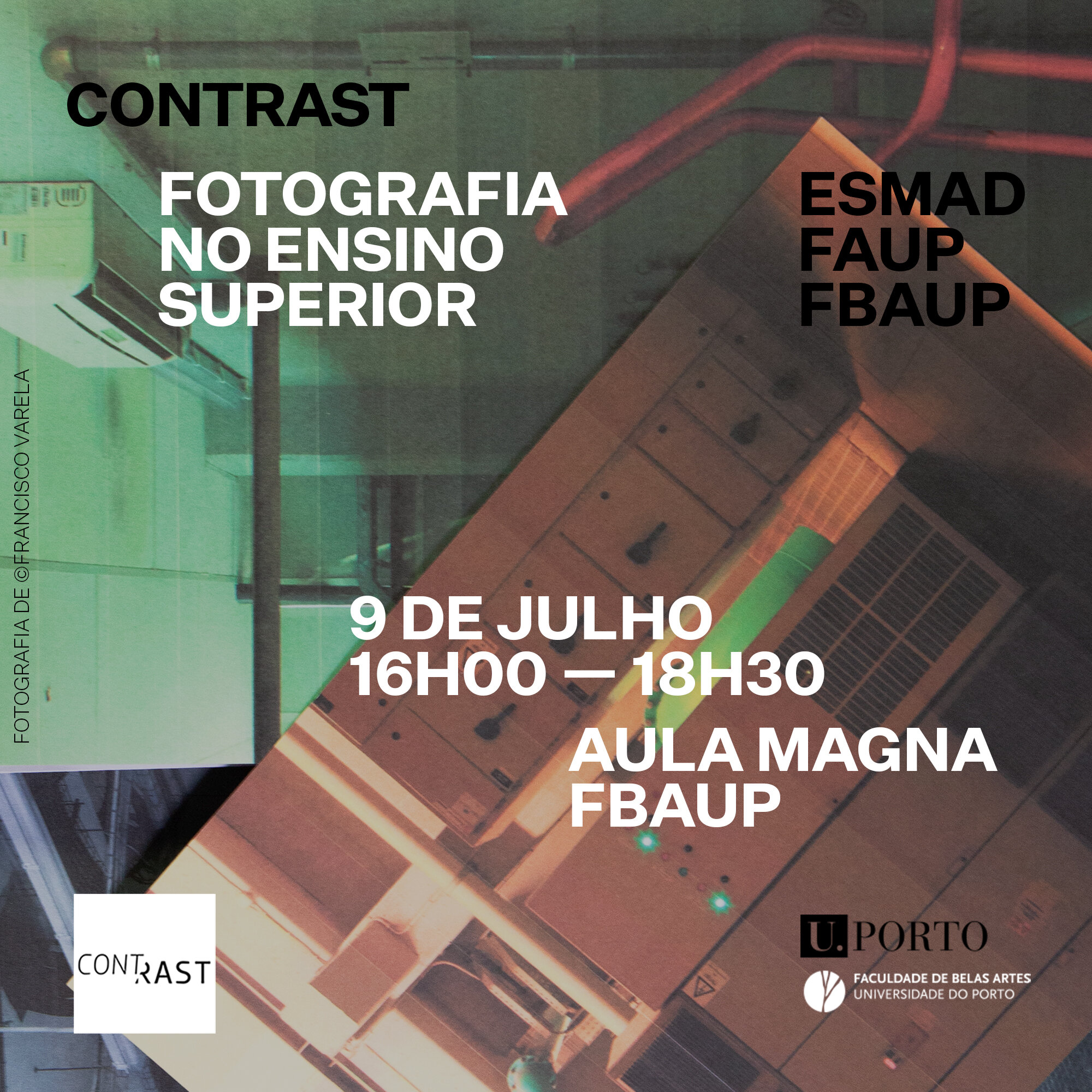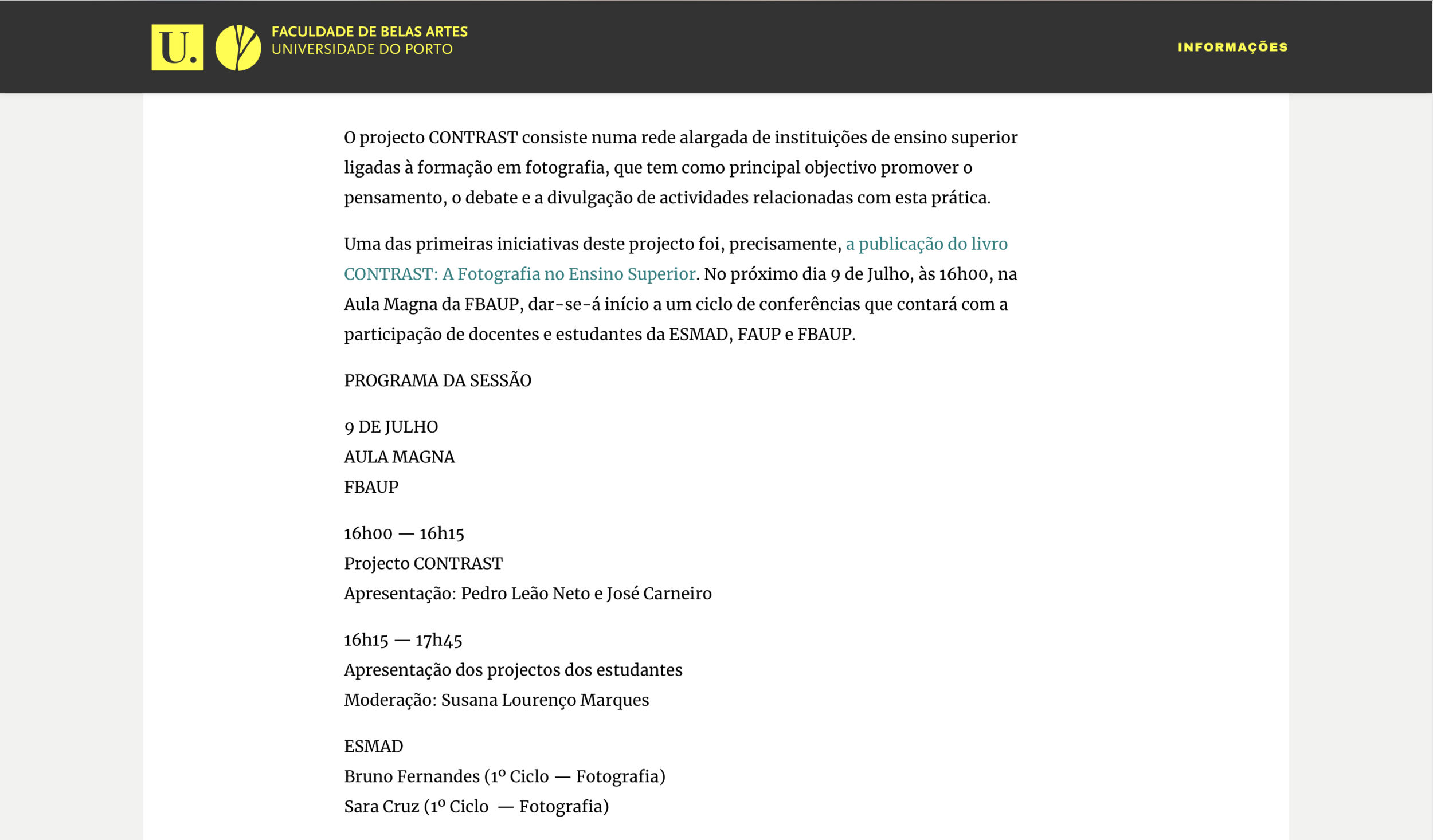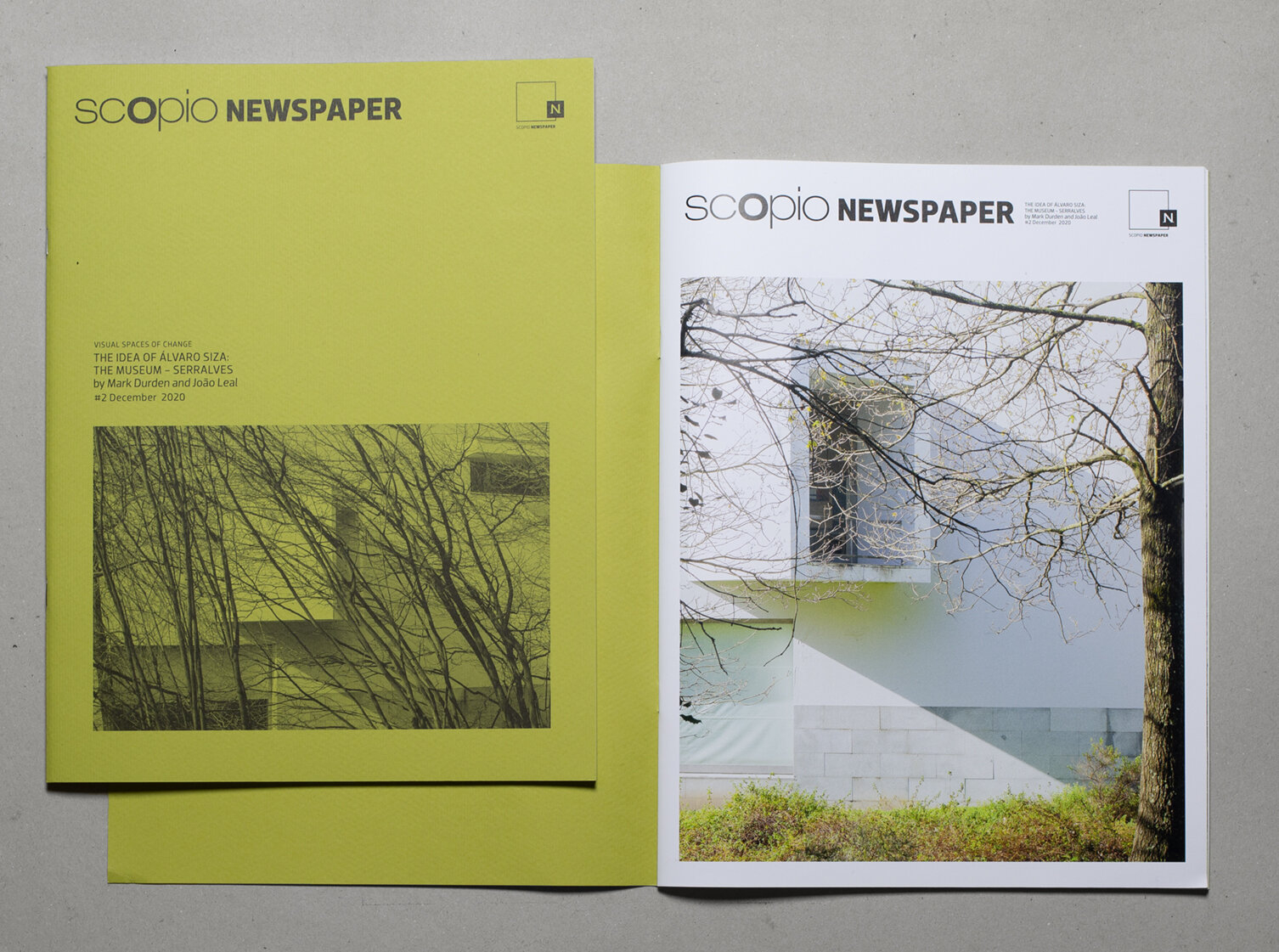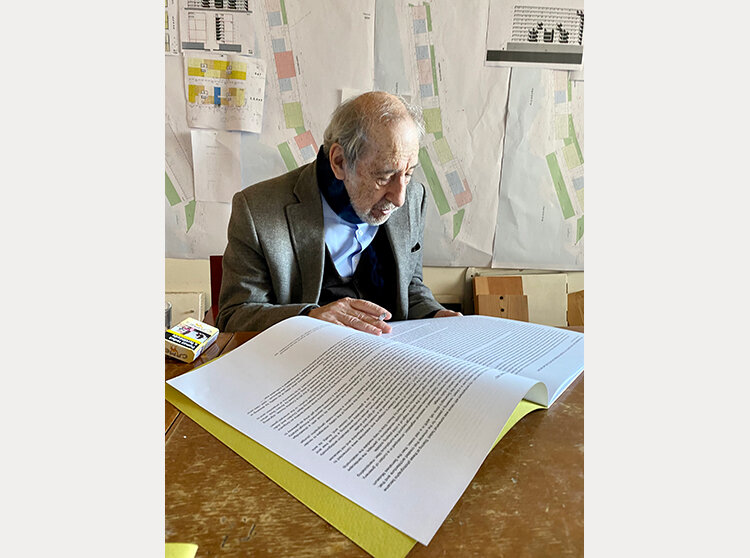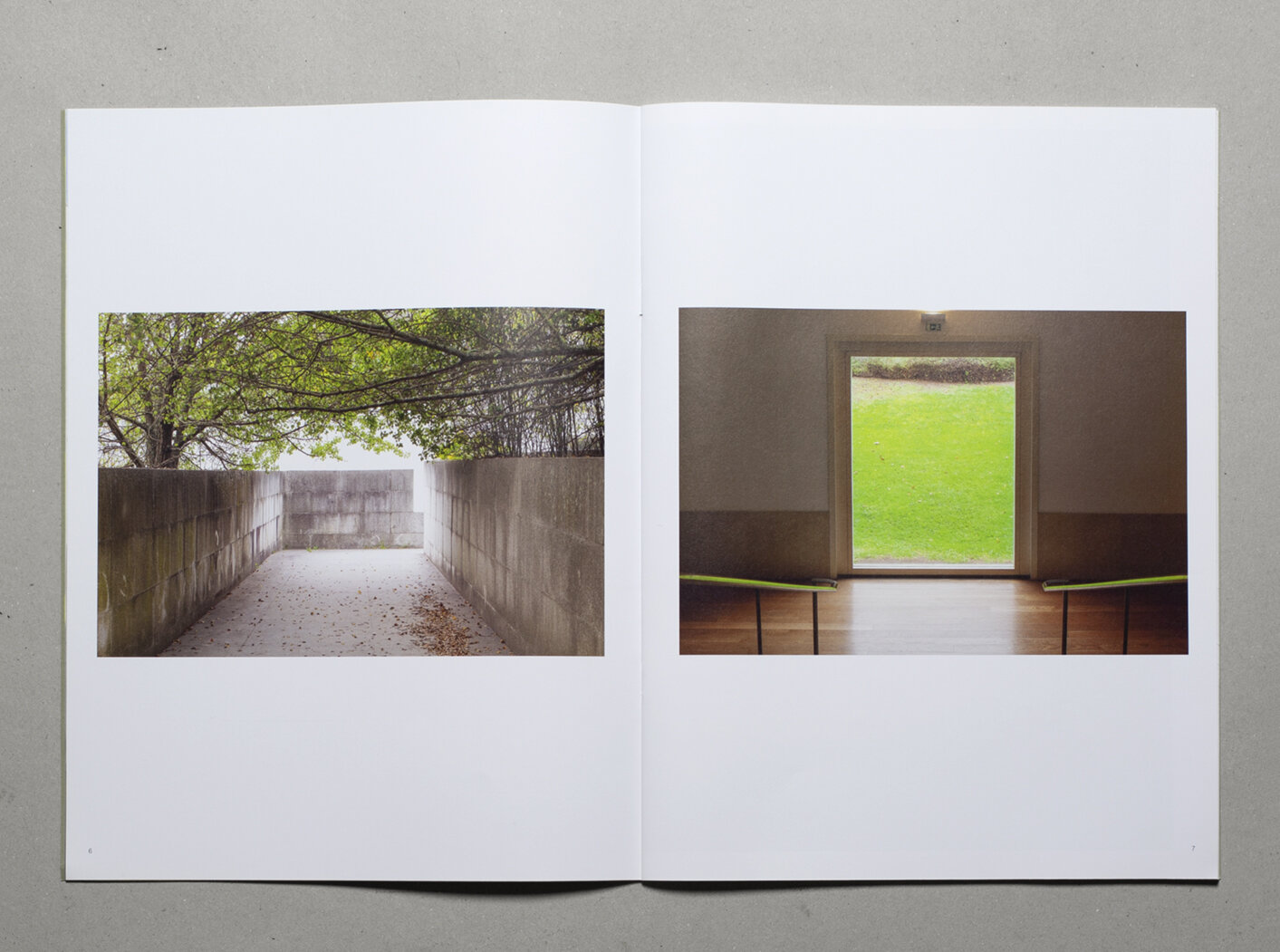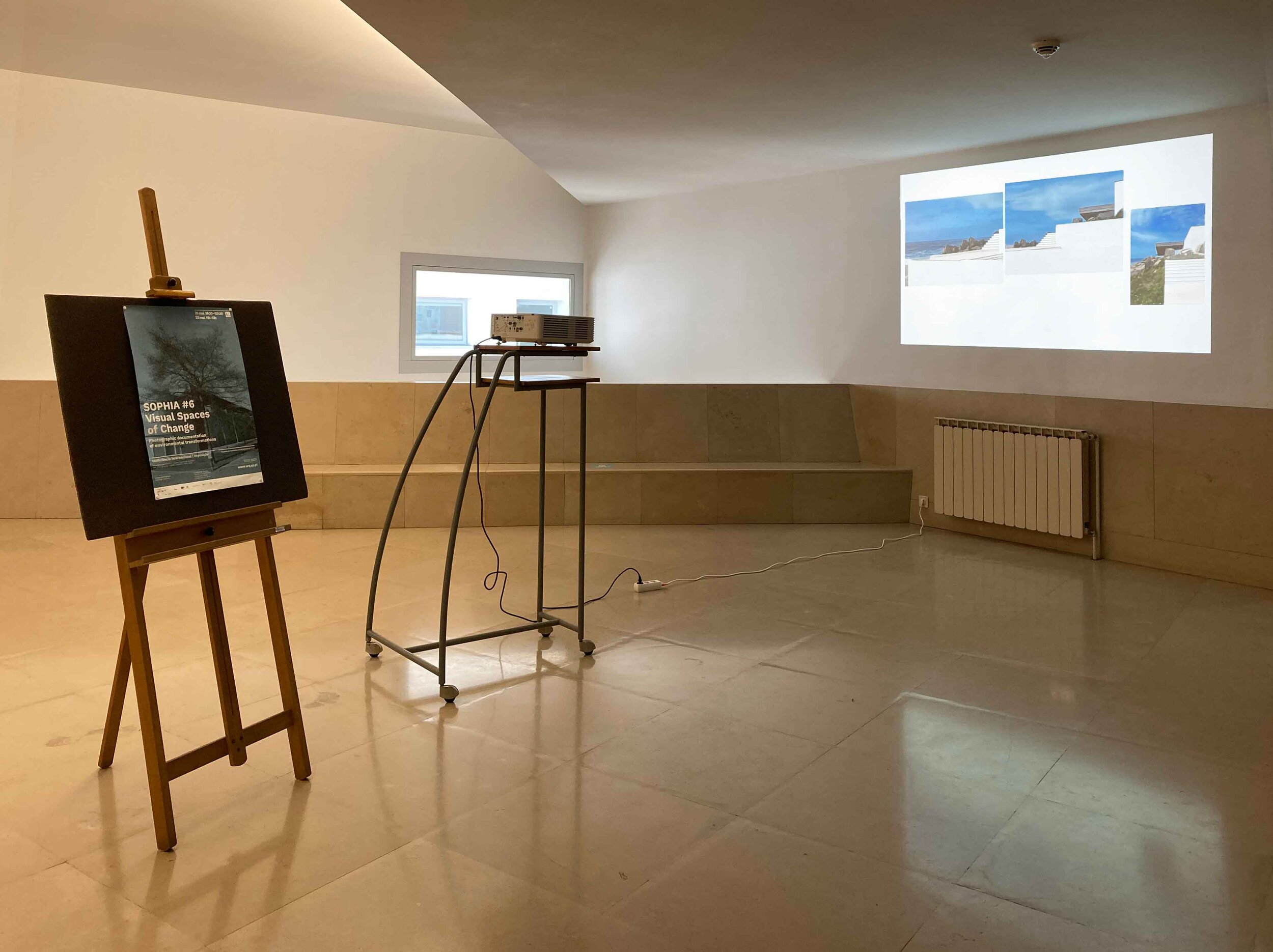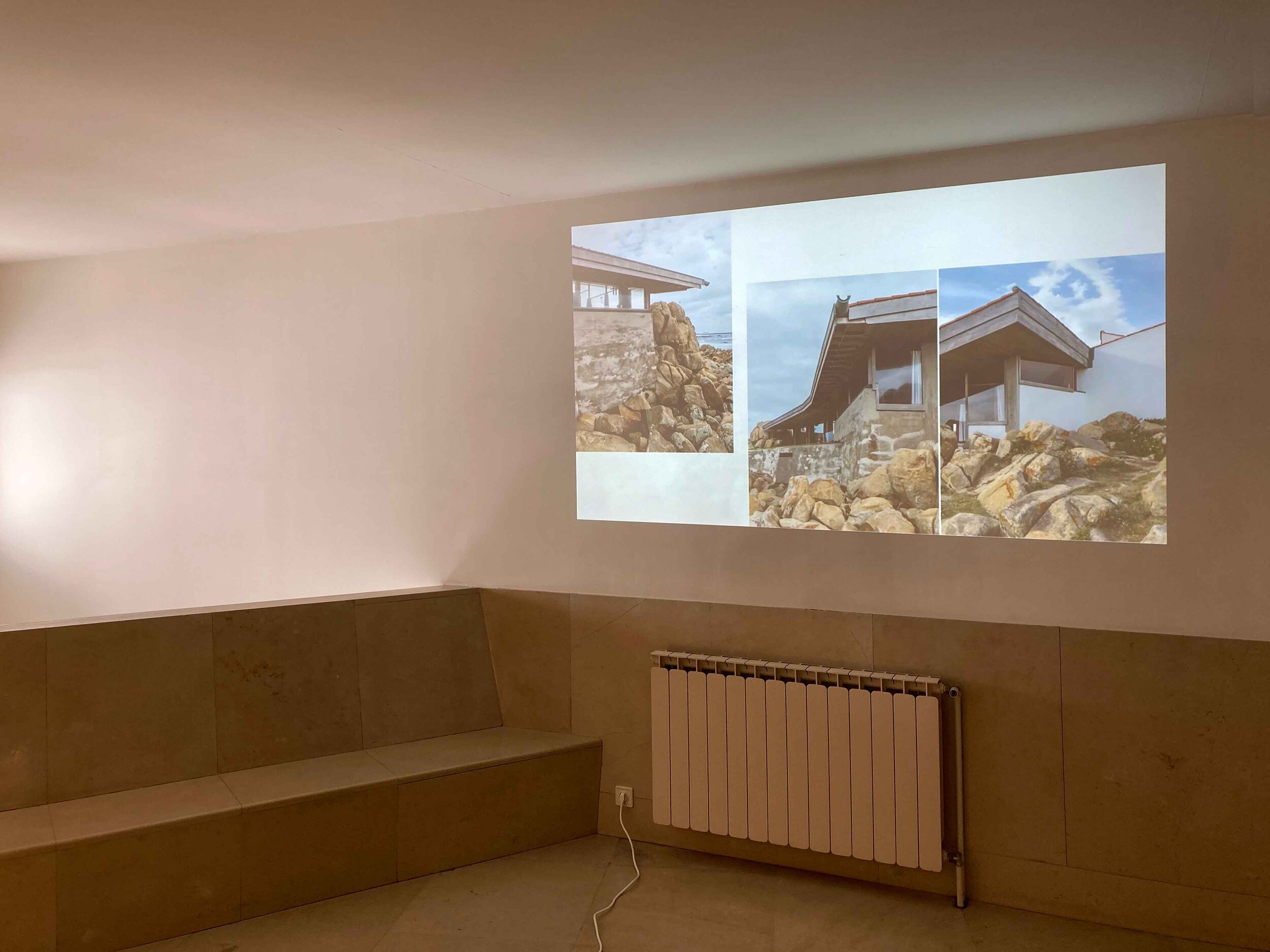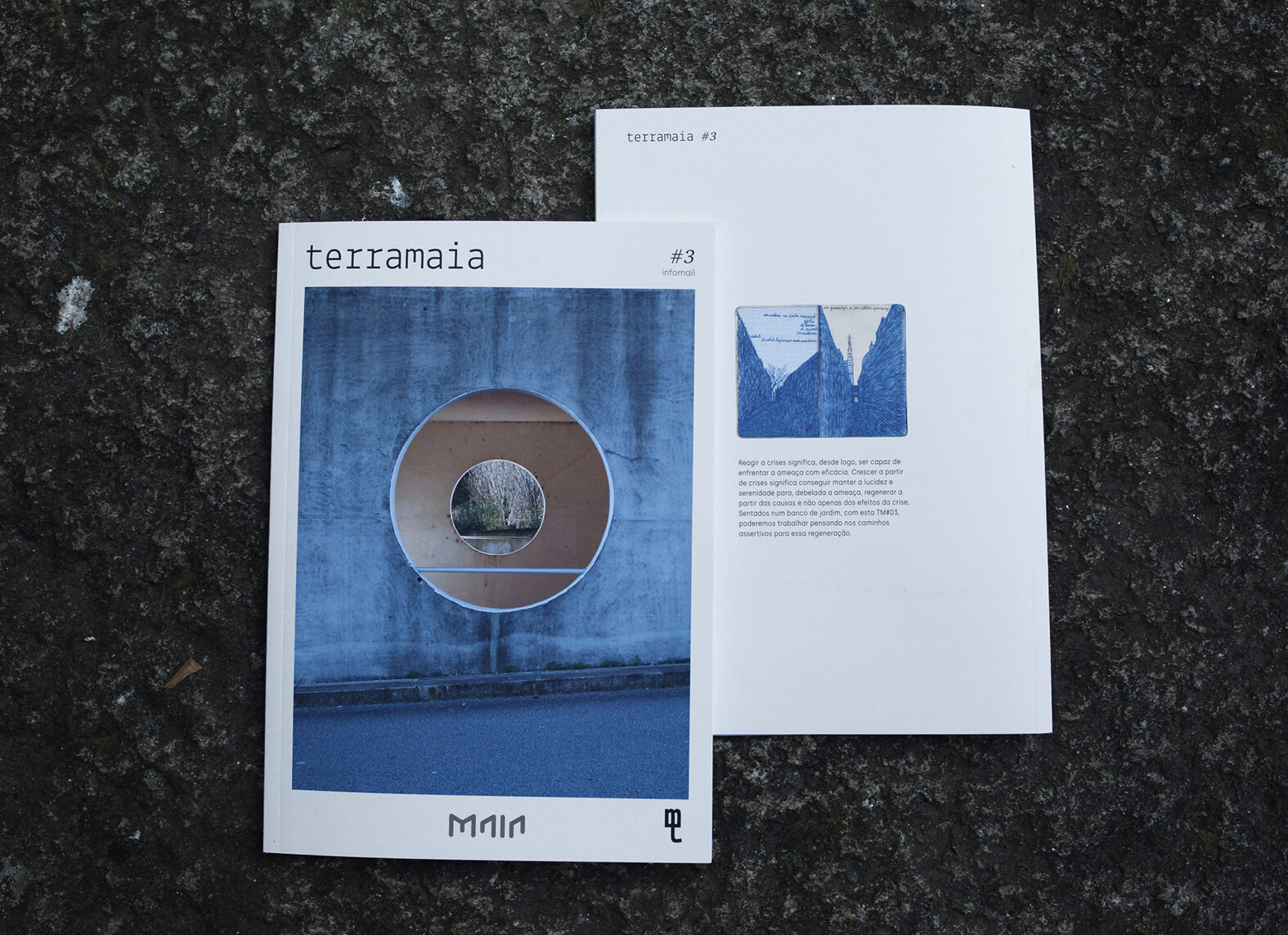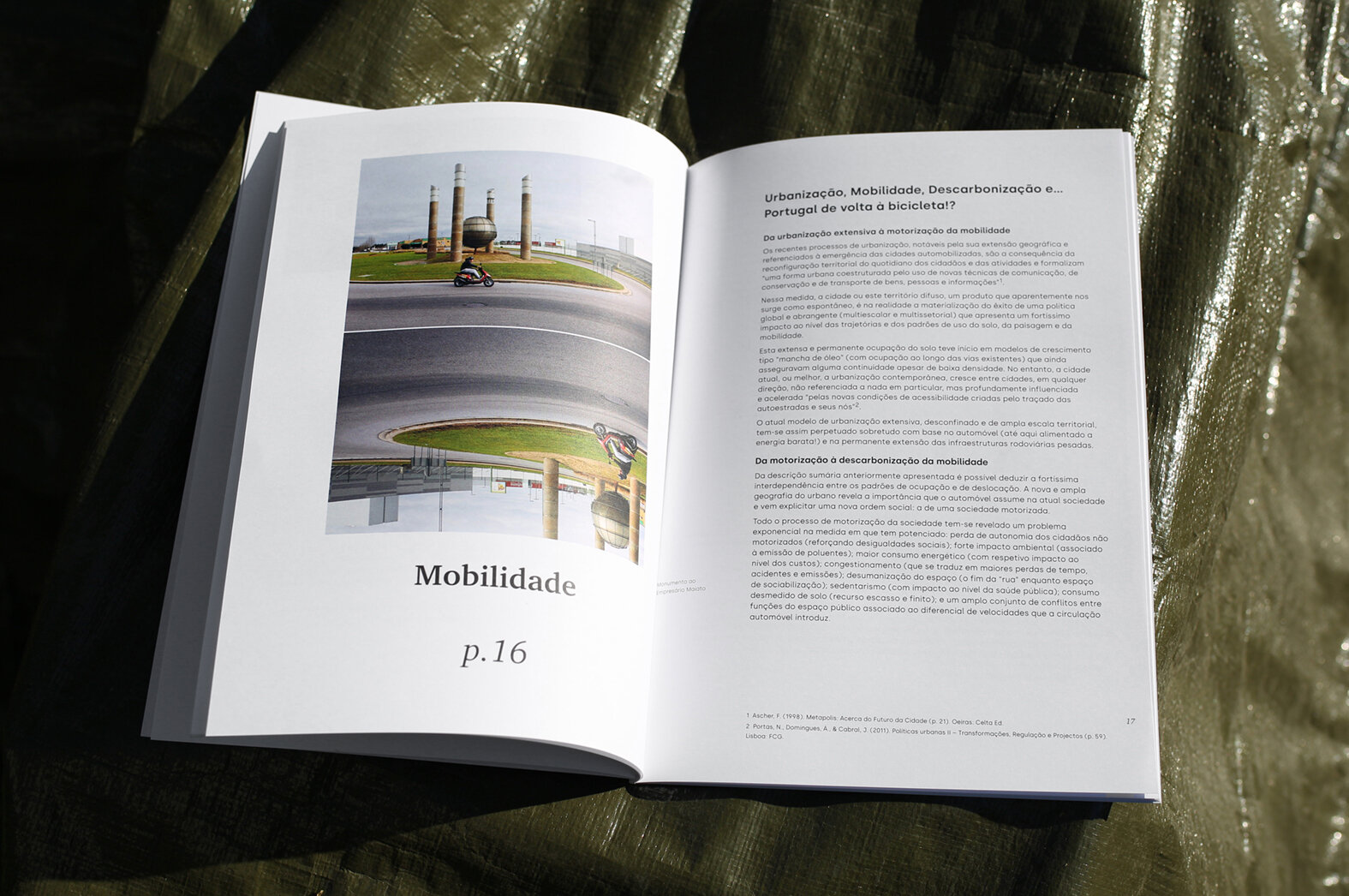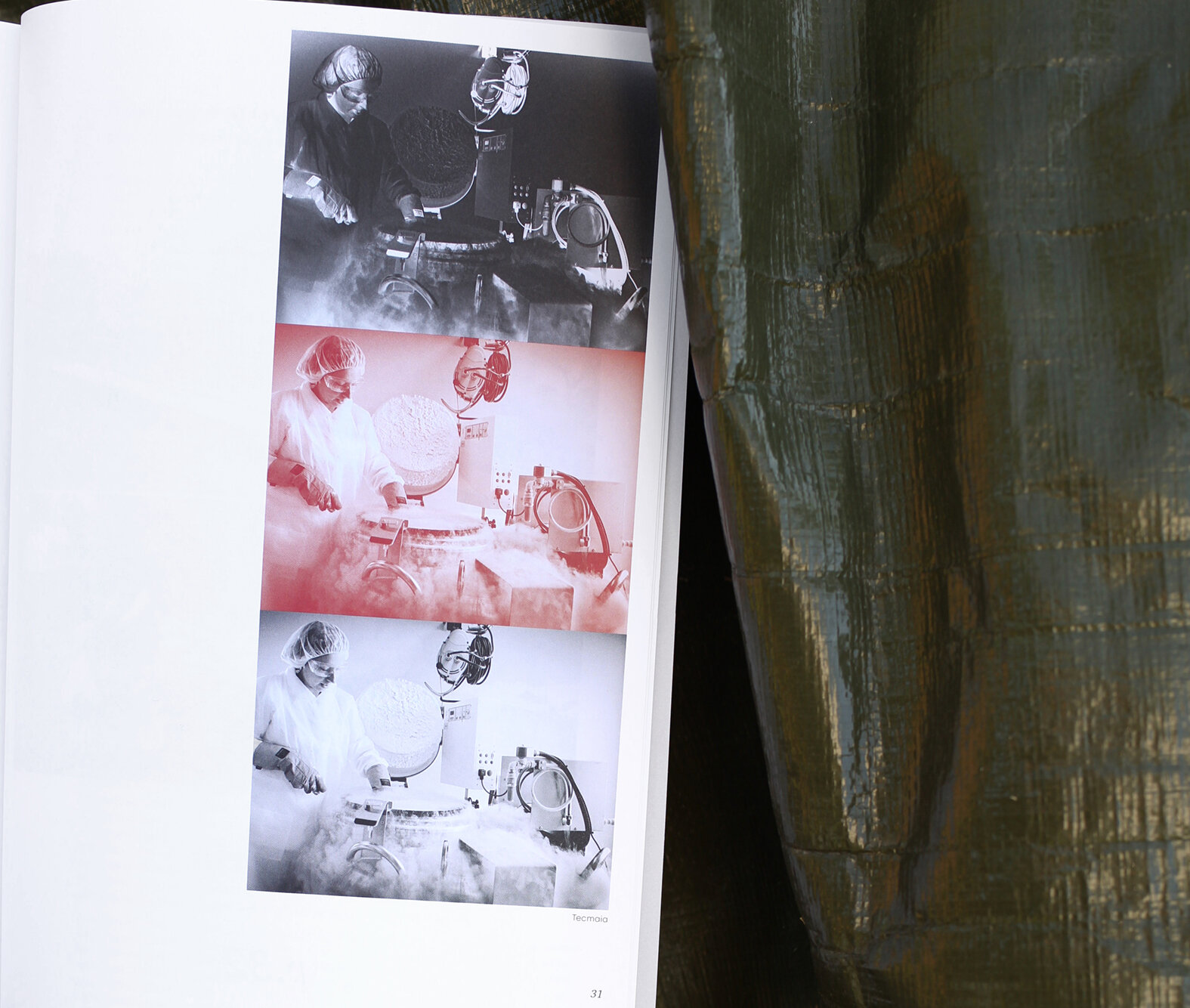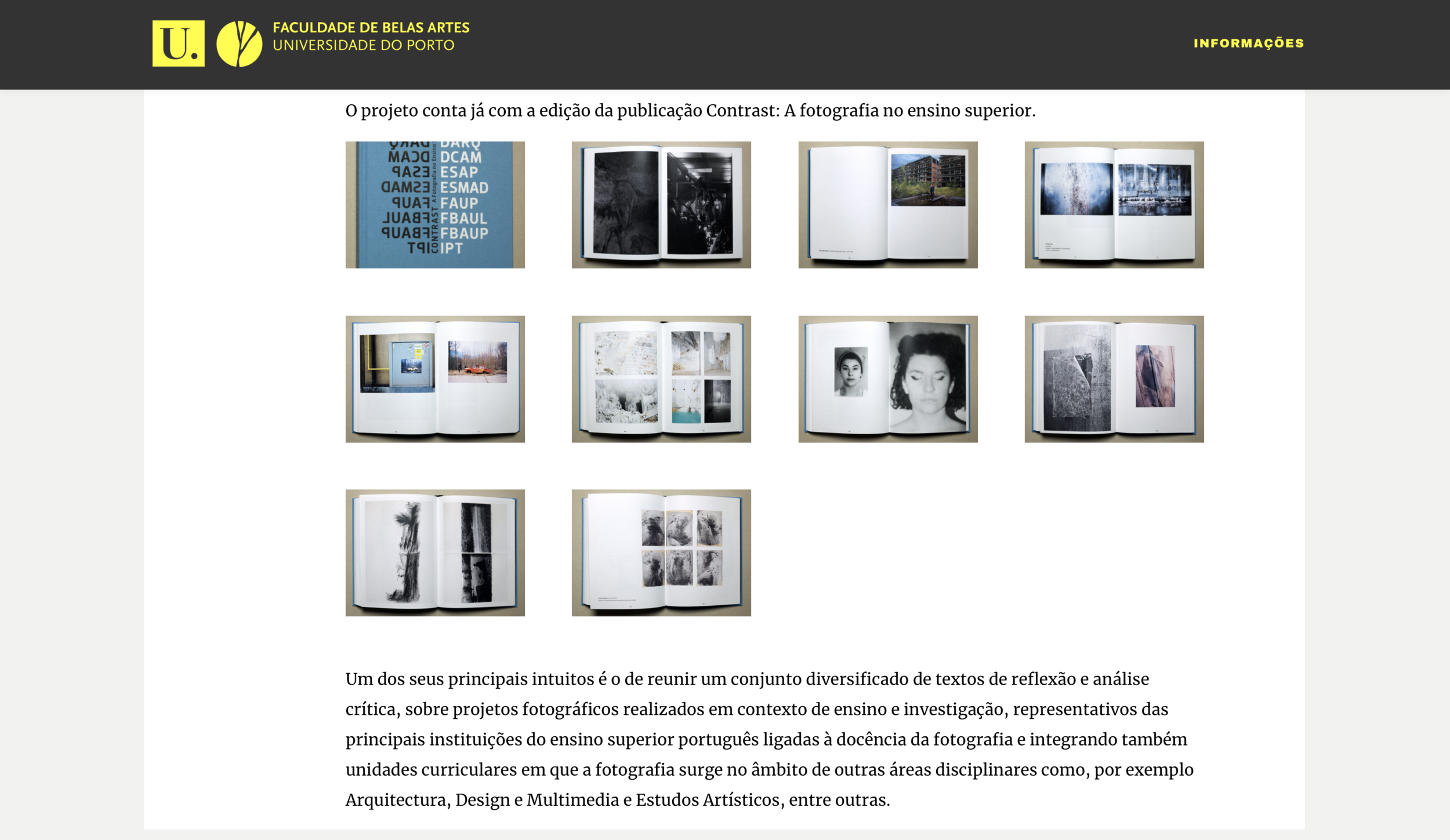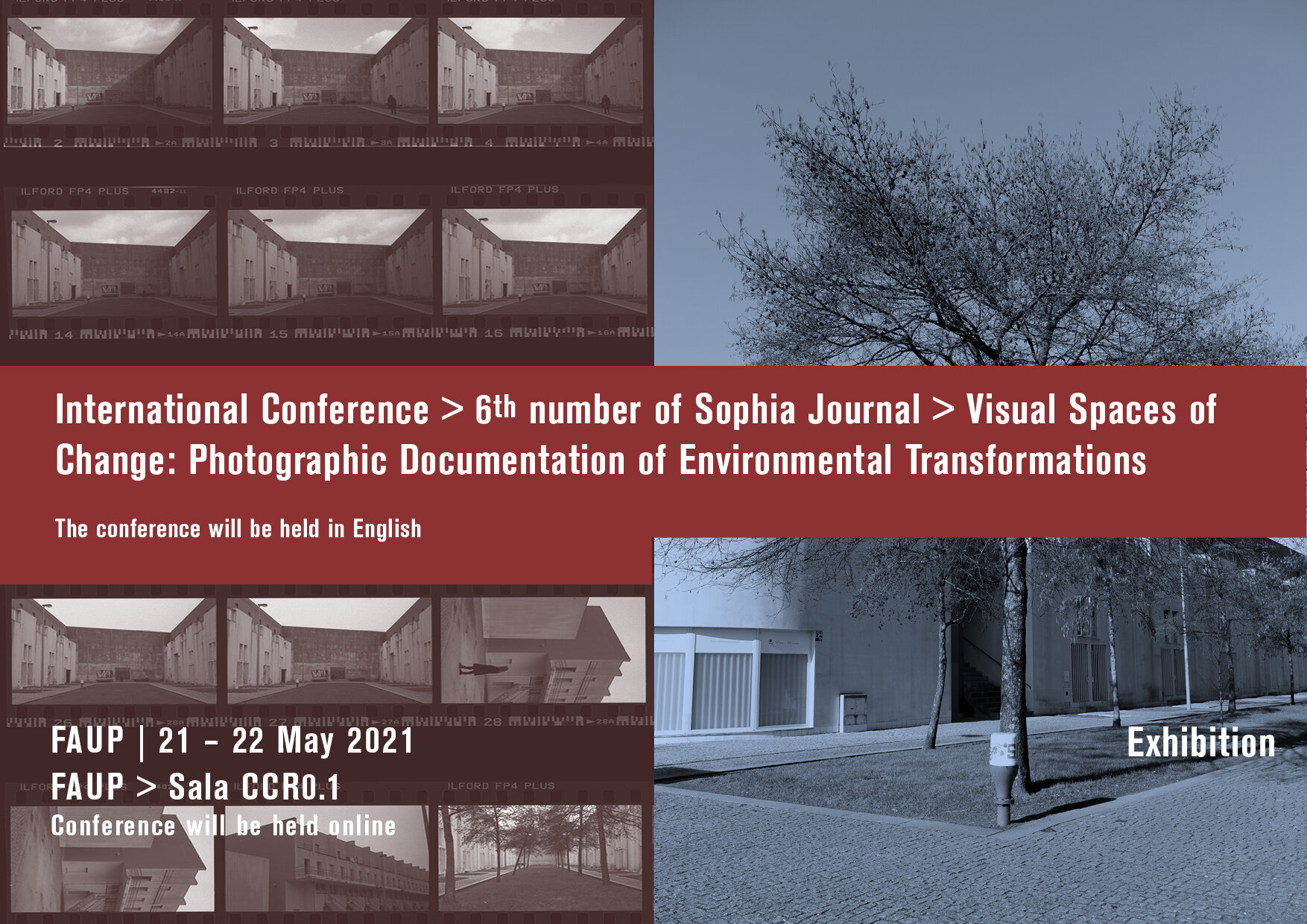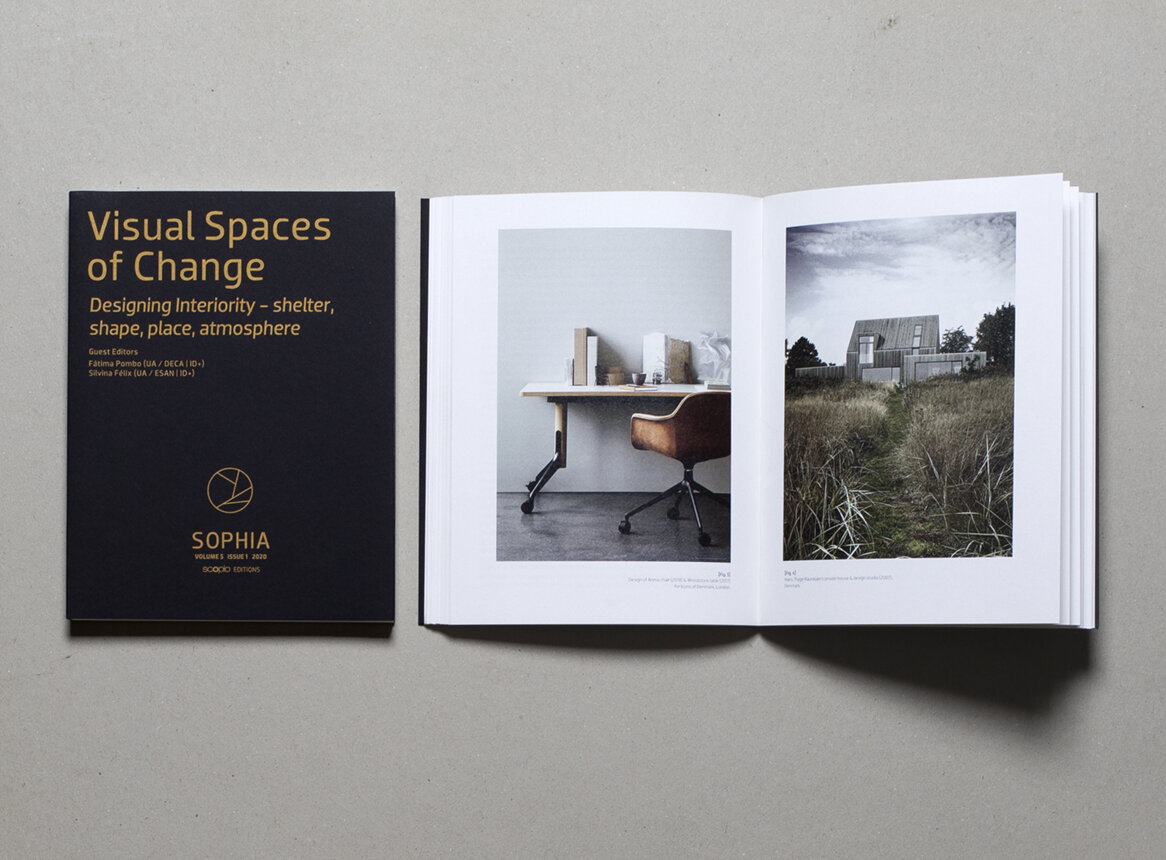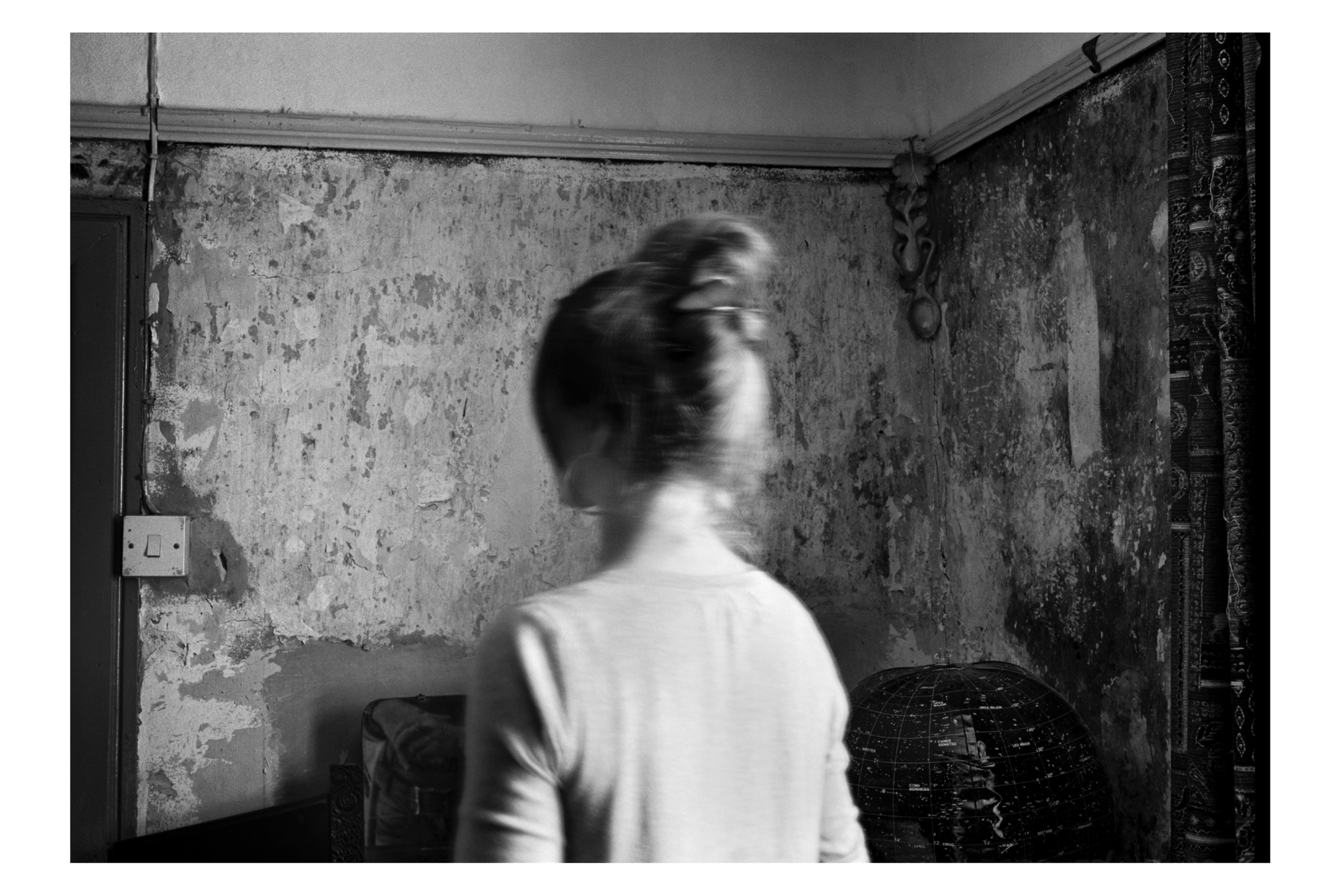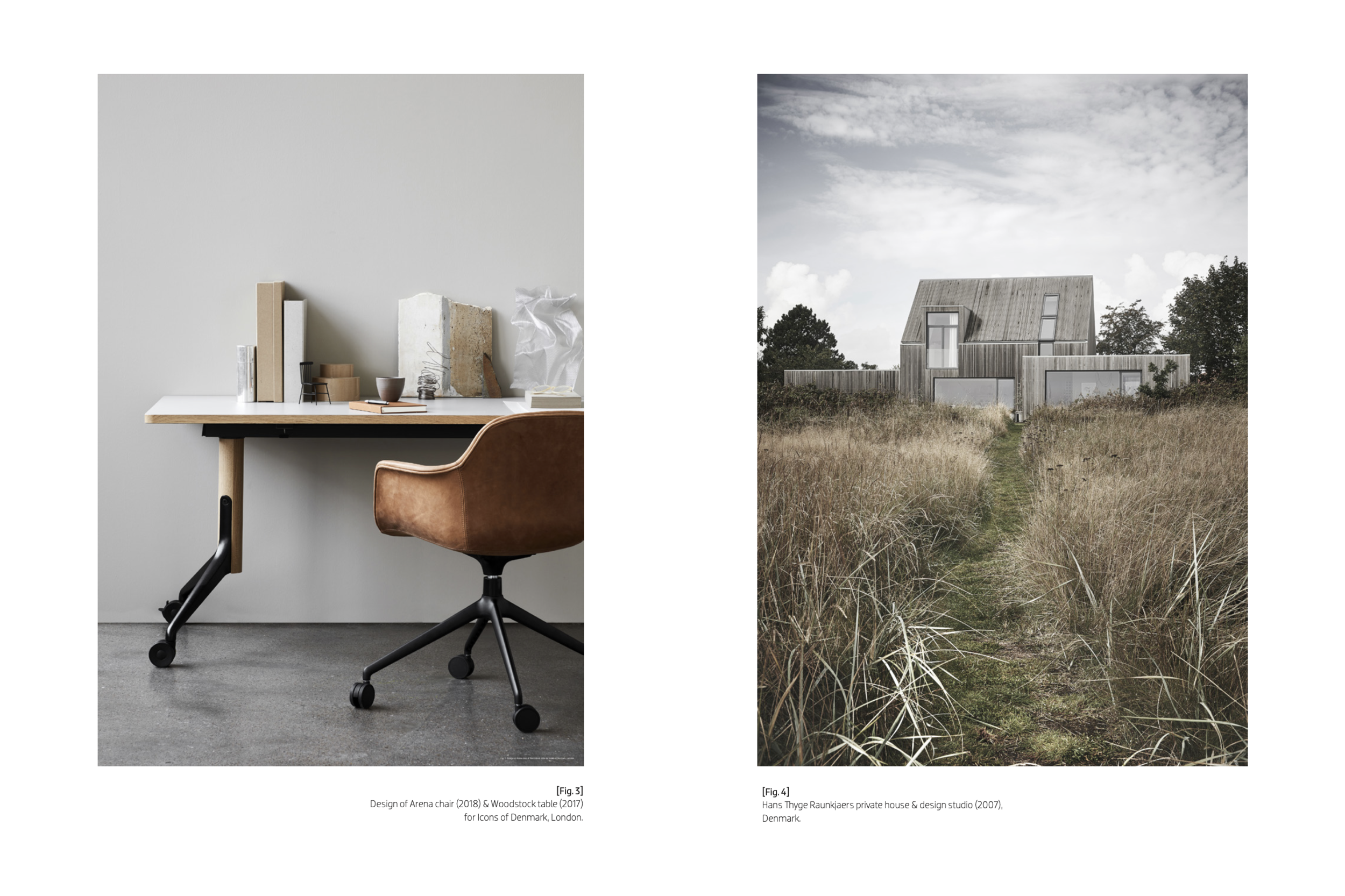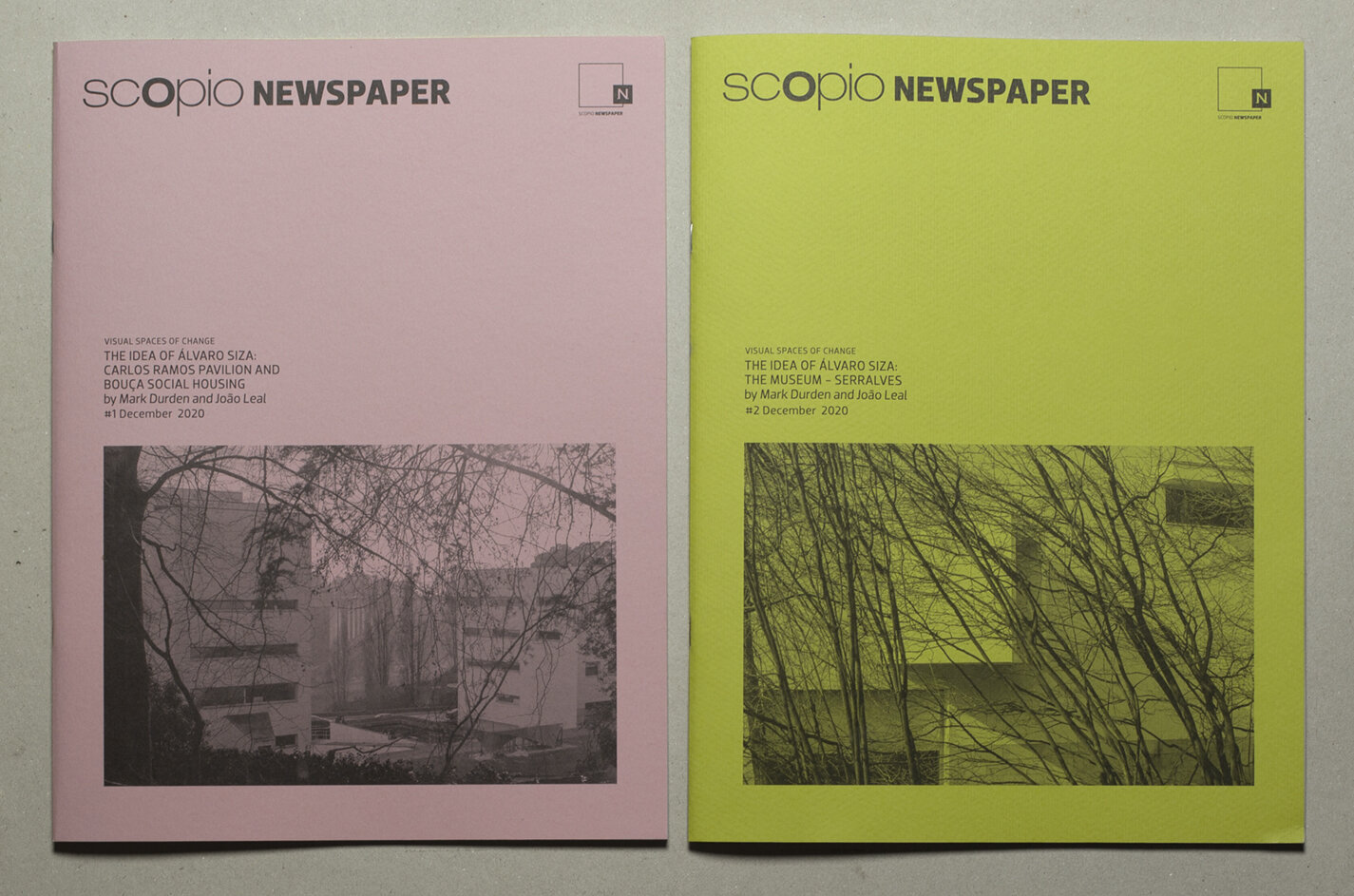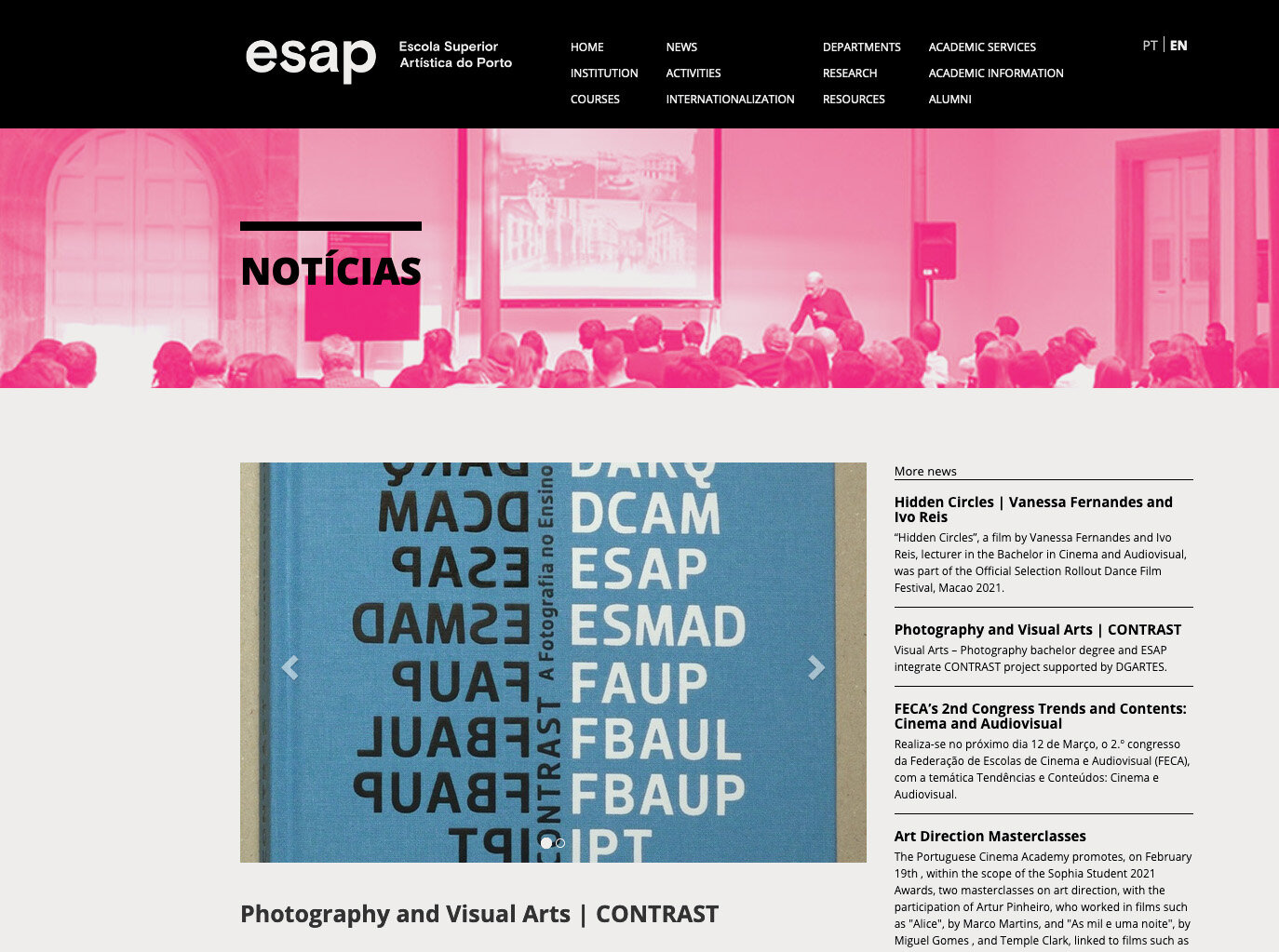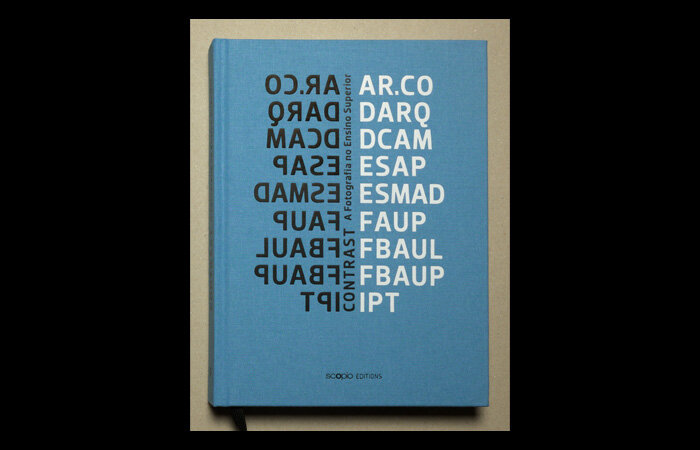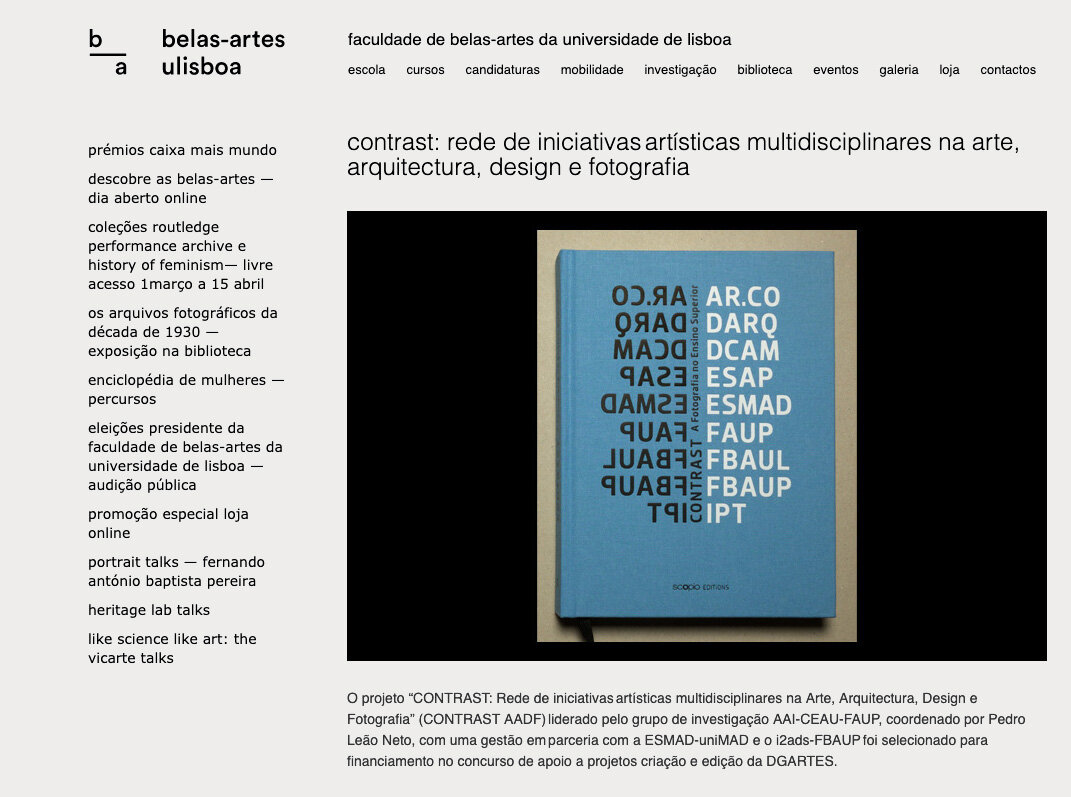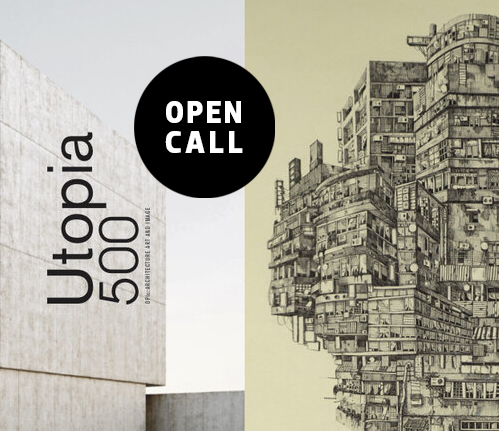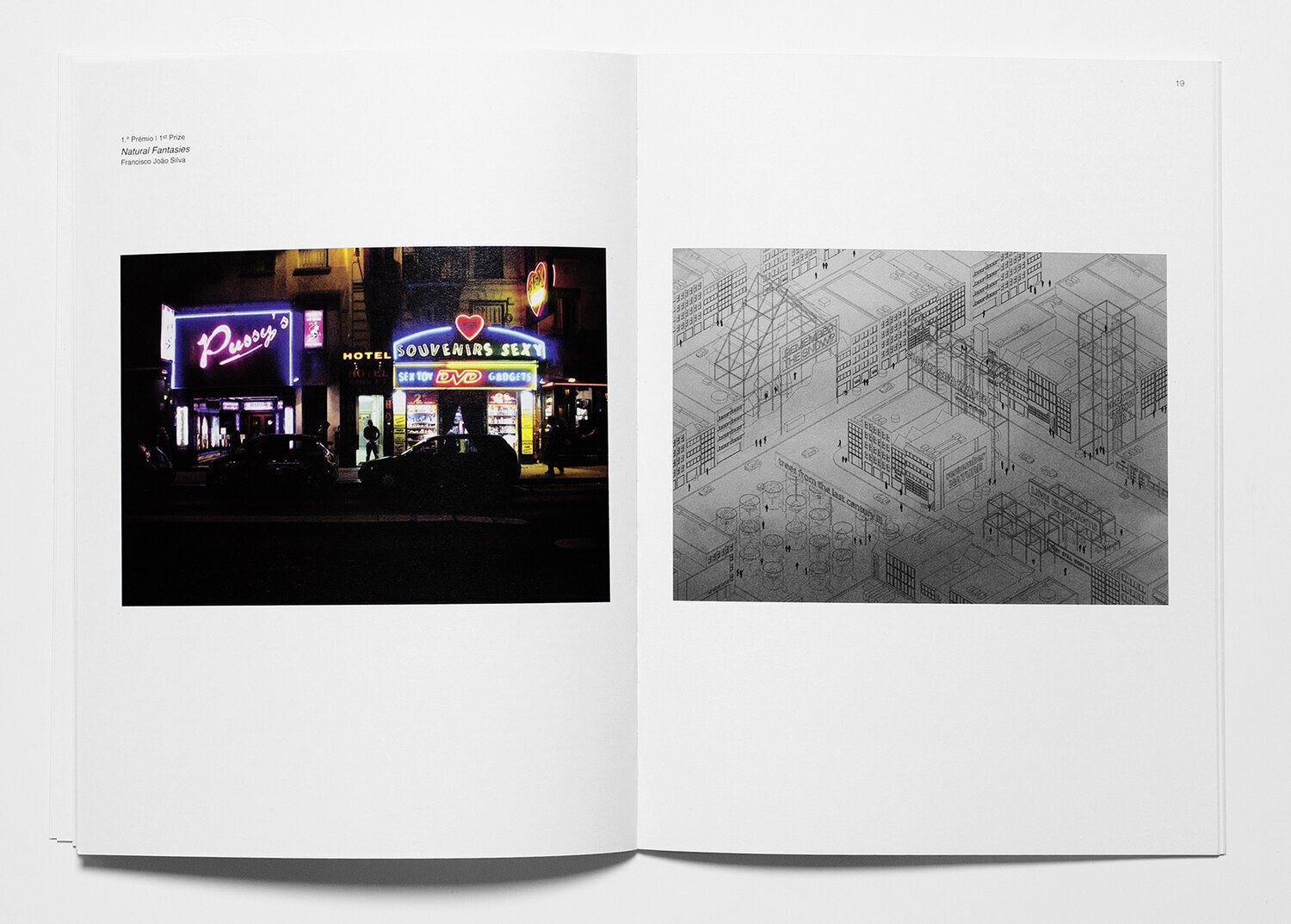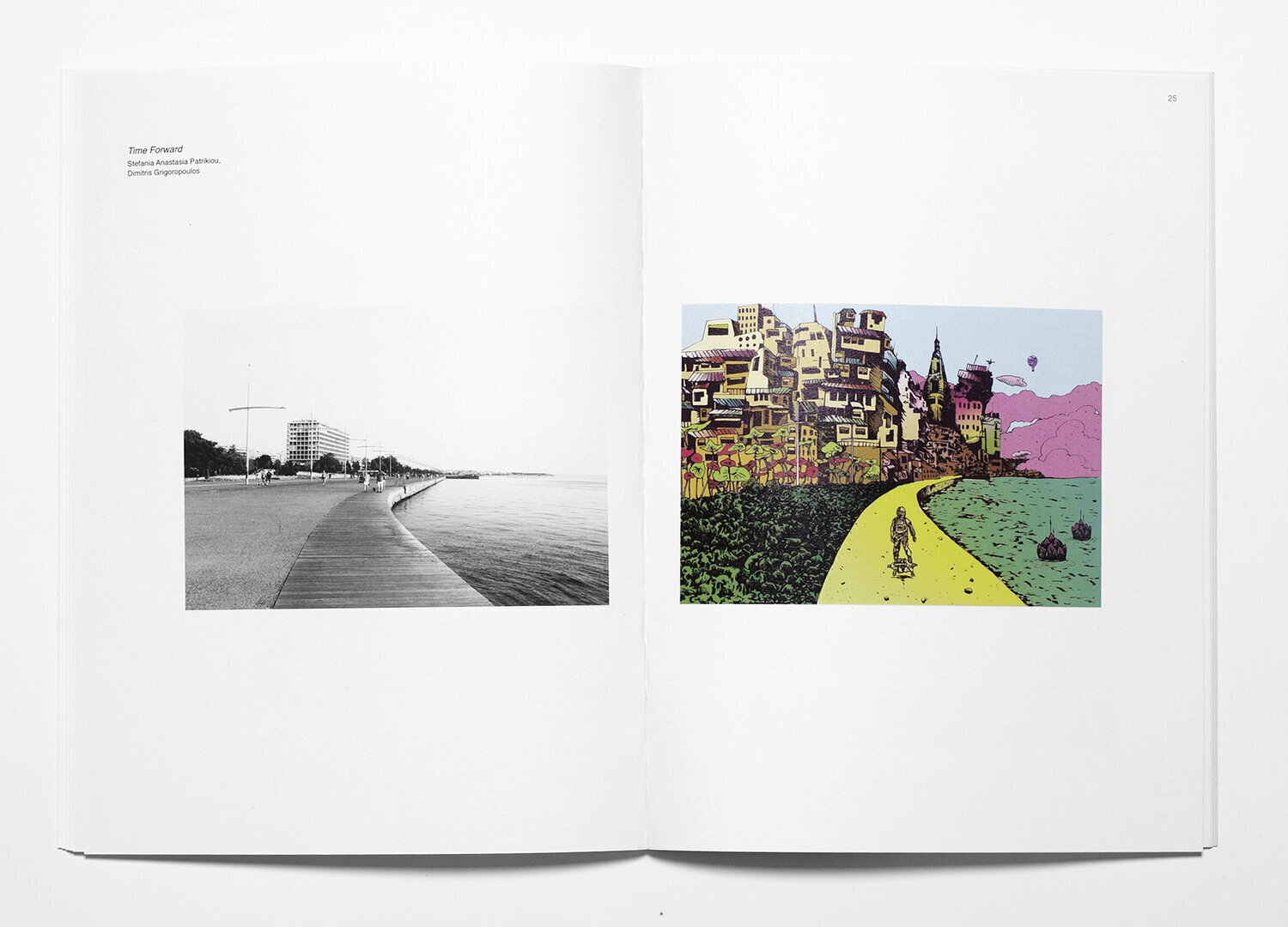International Conference - 6th number of Sophia Journal - Visual Spaces of Change: photographic documentation of environmental transformations
FAUP 21 - 22 May 2021 | FAUP
21 May: 9:30 - 13:00 | 14:00
22 May: 11:00 - 13:00 | 13:00
The conference is schedule in Western European Summer Time (Lisbon) and will be held in English
Available via Zoom (Colibri)
https://videoconf-colibri.zoom.us/j/88158413737?pwd=a29QS1M5UnV1VzdEVlIzeUpBcmZJQT09
Password: 992502
FAUP Conference Room CCR0.1, access only for the organising team
Exhibition at FAUP, Galeria de Exposições
Abstract
The International Conference for SOPHIA #6 will take place at the Faculty of Architecture of University of Porto (FAUP), continuing the annual cycle of international forums on a specific theme.
Sophia Journal´s International Conference will present a live and video conference programme organized by CEAU / FAUP in partnership with other institutions and the event will be held online and access to the Conference Room will only be possible to the organising team.
Encompassing a rich and diverse programme around: (i) roundtables for each panel concerning a focused topic coming from Sophia´s comprehensive call; (ii) presentation of articles submitted; (iii) the opening of Visual Spaces of Change: photographic documentation of environmental transformations exhibition using the VSC Mobile Projector.
The contents of the exhibition will also be online and the exhibition experience is registered purely for research purposes, being analysed in the context of the ongoing Visual Spaces of Change: photographic documentation of environmental transformations articles and research.
The global objective of these international forums is to promote the reflection and debate on the universes of architecture, art and image, addressing various issues transversal to the worlds of photography and architecture, exploring how the image can be a means to cross borders and shift boundaries between different disciplinary areas.
Programme
The programme of Visual Spaces of Change: photographic documentation of environmental transformations comprises a set of roundtables on which it will be possible to address and debate the following issues:
· How do we all become aware of the gradual, but inescapable changes in the environment?
· How does photography raise public awareness of the pressing environmental changes implicit in our anthropocentric epoch?
· How can photography contribute to these complex debates?
These issues can be addressed from several perspectives: from confronting our memories and understandings of a place to reactivating ‘what is no longer there’ or proposing ‘what could be there’.
The objective is to challenge our understanding on how contemporary photography can be explored as a meaningful instrument of research about today processes of urban change and architectural spaces, producing visual synthesis about how architectures, places and spaces are used and lived, rendering visible aspects which are difficult to perceive without the purposeful use of image and photography.
We believe that this conference will make significant contributions to these discussions, including the material processes of creating, managing and interpreting sets of documents. We are interested in material processes where photography is explored as a significant research tool for critical and innovative views on architecture and urban transformation in their expanded fields and contextualized by larger systems: cultural, political, artistic, technical, and historical dimensions.
The 4 roundtables of the conference´s global theme - photographic documentation of environmental transformations - will be held online on the 21 and 22 of May 2021 hosted by the organising team at room CCR0.1 – FAUP – and will cover the following topics:
Photographing the altered identity of landscapes
There is a challenge when using photography as both an inquiry tool and artistic form of expression for representing landscapes, which entails uncovering their physical, cultural, social and political marks as well as their identity, their perceived uniqueness as places. Landscapes are territories transformed by human action and, as such, they reveal the understanding and values of past and present societies and how we are transforming the environment. According to Lefebvre (La production de l’espace, 1974), one of the ways of conditioning social reproduction occurs through the economic and political restriction of a group accessing space, thus it is vital to call our attention to how landscapes are being significantly transformed, conditioned and controlled. How can we understand landscapes and their identity in the contemporary transformation processes resulting from the dynamics of change and disrupting habits of our societies?
Photographic narratives of urban transformations
Time, space, scale and movement are essential aspects of visual data production. Significant changes in cities’ flows can transpire in just a few minutes, hours or days, span several years or even decades. A diachronic study of an urban environment could concentrate on the repetitive patterns of many activities and phenomena that occur during a day or focus on transformations over much more extensive periods of time. Several photographic methods explicitly focus on sequentially researching social change and cultural expressions as they develop, over time in a particular space. Yet, art-based communication approaches express insights in more experimental ways, from ‘visual essays’ to digital storytelling, photo-novels, sometimes using pre-existing images, and even non-photographic ones. Boosted by new media technologies and networking opportunities, they are powerful contemporary vehicles for voicing and visualizing our reflections, ideas, arguments, experiences, and observations upon change, from manifestos to critical reviews, or just compelling stories.
Digital spectacle and its impact on architecture and the architectural image
As some argue that architecture is too slow for the digital revolution1, the resurrection of the collage, appeared as a viable strategy to critically reclaim architecture's place: one that, unlike simulations of binary realities, was to be a raw and ambiguous like an ‘open project’, even if computer simulated. Due to its success, the collage has been taken over by the market for its ‘arresting novelty’. As a commodity, it compensates for architecture's slow pace: faster to produce and consume, less related to the disciplinary process of the conception, more evocative and less ideological. To some, the ‘collage era’ represents the return of a richer, stronger profession2 while some claim they are blank postcards of a post-idealistic age, one where built quality rarely holds up. At a time when the true cost of globalization, consumption and constant growth is under discussion, should architecture embrace speed or is there the need for a counter-model?
Photographic documentation of environmental transformations: Visual Essay
We have invited two authors and their visual essays that address the issue of photographic documentation of environmental transformation from different perspectives and visual constructs. On the one hand, to challenge our understanding on how contemporary photography can be explored as a meaningful instrument of research about today processes of urban change and architectural spaces. On the other hand, to discuss the material processes where photography is explored as a significant research tool for critical and innovative views on architecture and urban transformation.
Keynote Lecture: Epics of the Everyday
The keynote lecture will look at the historic and ongoing relationship between documentary photography and architecture through the lens of the ever-changing notion of realism.
Opening Session, Invited Speakers and Moderators
This edition of the International Conference Visual Spaces of Change: photographic documentation of environmental transformations for this 6th number of Sophia Journal brings together a diverse group of researchers, architects, visual artists, and curators of international relevance, in an exercise of joint reflexivity about photographic documentation of environmental transformation from different perspectives and visual constructs. The talks held at this conference will allow the introduction of a number of issues that are not necessarily foreseen in the initial programme of the conference, enabling an active dialogue between researchers, authors and the public, contributing to the identification of new avenues of research and artistic expression related to how photography can be explored as a meaningful instrument of research about today processes of urban change and architectural spaces.
CONFERENCE PROGRAMME
21 MAY 2021
09:30 OPENING SESSION
João Pedro Xavier (Director of FAUP)
Pedro Leão Neto - Wilfried Wang
10:00 PANEL #1
Chairs / moderators: Carolina Leite + Carlos Machado e Moura
Presentation: Digital spectacle and its impact on architecture and the architectural image (CL)
Presentation: Photographic narratives of urban transformations (CMM)
10:30 (44) Vítor Alves: Copy/Paste: for today we save JPEG’s and browse PNG’s
10:45 (13) Marcin Piekałkiewicz: Production of space in the photographic work of Naoya Hatakeyama
11:00 (06) Giuseppe Resta: Landscape transformations in Albania. A photographic survey on the traces of Italian travellers in the Balkans
11:15 (24) Luciano Bernardino da Costa: Verticalization: Photographic Explorations of Complex Urban Phenomena
11:30 (35) Jazmin Charalambous: How can photography reveal the effects of corporatisation on public spaces in London, and further, how can it contribute
to the creation of proposals that intervene in this process? (Wembley Park)
11:45 - 12:30 ROUNDTABLE DISCUSSION #1
12:30 - 14:00 LUNCH BREAK
14:00 KEYNOTE LECTURE
Jesus Vassallo
Epics in the Everyday
14:45 PANEL #2
Chair / moderator – Carlos Machado e Moura
15:00 (20) Paulo Catrica, Rui Mendes: Models, Plans, Clusters & Pine Trees: Vila Nova de Santo André 1971-2021
15:15 (40) Haode Sun, Visual Misalignment: Faster Modernity and Slower Modernity: Photographic Documentation of Contemporary Urban Transformation
in Shanghai
15:30 (14) Beatriz Duarte: Experimental persistence of change: a collage of palimpsestic temporalities of the Thermoelectric Power Station of Freixo
(Campanhã, Porto)
15:45 (29) Chloé Darmon: Archiving the abandoned washhouses of Oporto following the paths of washerwomen: a history of a women’s practice in the
modern urban space
16:00 - 16:30 ROUNDTABLE DISCUSSION #2
16:30 - 16:35 BREAK
16:35 PANEL #3
Chair / moderator – Jorge Marum
Presentation: Photographing the altered identity of landscapes
16:50 (04) Alla Lafonina, Vera Laponkina: Sacred place
17:05 (12) Luca Donner, Francesca Sorcinelli: Replacing urban identity: the disappearance of Sha’biya Al Safa Neighbourhood
17:20 (45) Yara A. Khalf, Ahmed El Antably, Mona A. Abdelwahab: A Walk Through Urban Decay: Is Al-Hattaba Worth Saving?
17:35 (19) Ana Roberti, Helena Santos, Daniel Brandão, From intimacy to urban landscape: images of the transformations of the Rainha Dona Leonor social
housing
17:50 (28) Gil Mualem-Doron, Present Absentees
18:05 - 18:40 ROUNDTABLE DISCUSSION #3
22 MAY 2021
11:00 ROUNDTABLE DISCUSSION #4
Chair / moderator – Wilfried Wang
Photographic documentation of environmental transformations: Visual Essay
Inaki Bergera
Pedro Leão Neto
12:30 CLOSING SESSION
ORGANIZATION
EXECUTIVE COMMITEE
Pedro Leão Neto (FAUP) - Wilfried Wang (UTSoA)
PROGRAMMING
Carolina Leite (CEAU / FAUP)
Carlos Machado e Moura (CEAU / FAUP)
Jorge Marum (CIAUD-UBI)
Leonor Matos Silva (Dinâmia’CET, ISCTE-IUL)
Maria Neto (CEAU / FAUP - UBI)
Pedro Leão Neto (CEAU / FAUP)
Wilfried Wang (UTSoA)
ORGANISATION AND PRODUCTION
Miguel Santos (AAI / FAUP / VSC)
Sara Mota (scopio Editions)
Frederico Martinho (AAI / FAUP / VSC)
COMMUNICATION
FAUP / CEAU and Sophia Journal / scopio Editions
SCIENTIFIC COMMITTEE
Álvaro Domingues (FAUP/ CEAU)
Ana Janeiro
Andreia Oliveira
Eduarda Neves (ESAP)
Fernando Zaparaín (GIR UVa | ESPACIAR)
Gabriela Vaz-Pinheiro (FBAUP / i2ADS)
Gisela Lameira (FAUP/ CEAU)
Isa Clara Neves (CES / CEAU / FAUP)
Iñaki Bergera (Arquitectura / UNIZAR)
João Carlos Ferreira (UFP - AAI / CEAU / FAUP)
Jorge Marum (UBI - AAI / CEAU)
José Alberto Lage (FAUP/ CEAU)
José Carneiro (FBAUP / i2ADS)
José Maças de Carvalho (DARQ)
José Manuel Barbosa (FAUP / FBAUP / i2ADS)
Jorge Jular (GIR UVa | ESPACIAR)
Margarida Medeiros (FCSH)
Mário Mesquita (FAUP / FBAUP / i2ADS)
Mark Durden (USW / eCDR)
Miguel Leal (FBAUP / i2ADS)
Olívia da Silva (P.PORTO / ESMAD)
Rui Lourosa (ESAP)
Susana Lourenço Marques (FBAUP / i2ADS)
Susana Ventura (FAUP / CEAU)
Teresa Ferreira (FAUP/ CEAU)
Victor dos Reis (FBAUL)
CONFERENCE TEAM
Carolina Leite (CEAU / FAUP)
Carlos Machado e Moura (CEAU / FAUP)
Jorge Marum (CIAUD-UBI)
Leonor Matos Silva (Dinâmia’CET, ISCTE-IUL)
Maria Neto (CEAU / FAUP - UBI)
Pedro Leão Neto (CEAU / FAUP)
Wilfried Wang (UTSoA)
Frederico Martinho (AAI / FAUP / VSC)
João Carlos Ferreira (UFP - AAI / CEAU / FAUP)
Miguel Santos (AAI / CEAU / FAUP)
Sara Lino (scopio Edition)
ARTISTIC DIRECTOR
Né Santelmo
PRINT AND WEBDESIGN
Sara Lino (scopio Edition)
EXIBITION PHOTOGRAPHIC PROJECTS
Curated by Visual Spaces of Change
Frederico Martinho (AAI / FAUP / VSC)
Miguel Santos (AAI / FAUP / VSC)
Sara Mota (scopio Editions)
The conference will be conducted in English.
Support for dissemination: U. Porto - Common House. | Marques da Silva Foundation and Northern Regional Section of the Order of Architects (OASRN).

